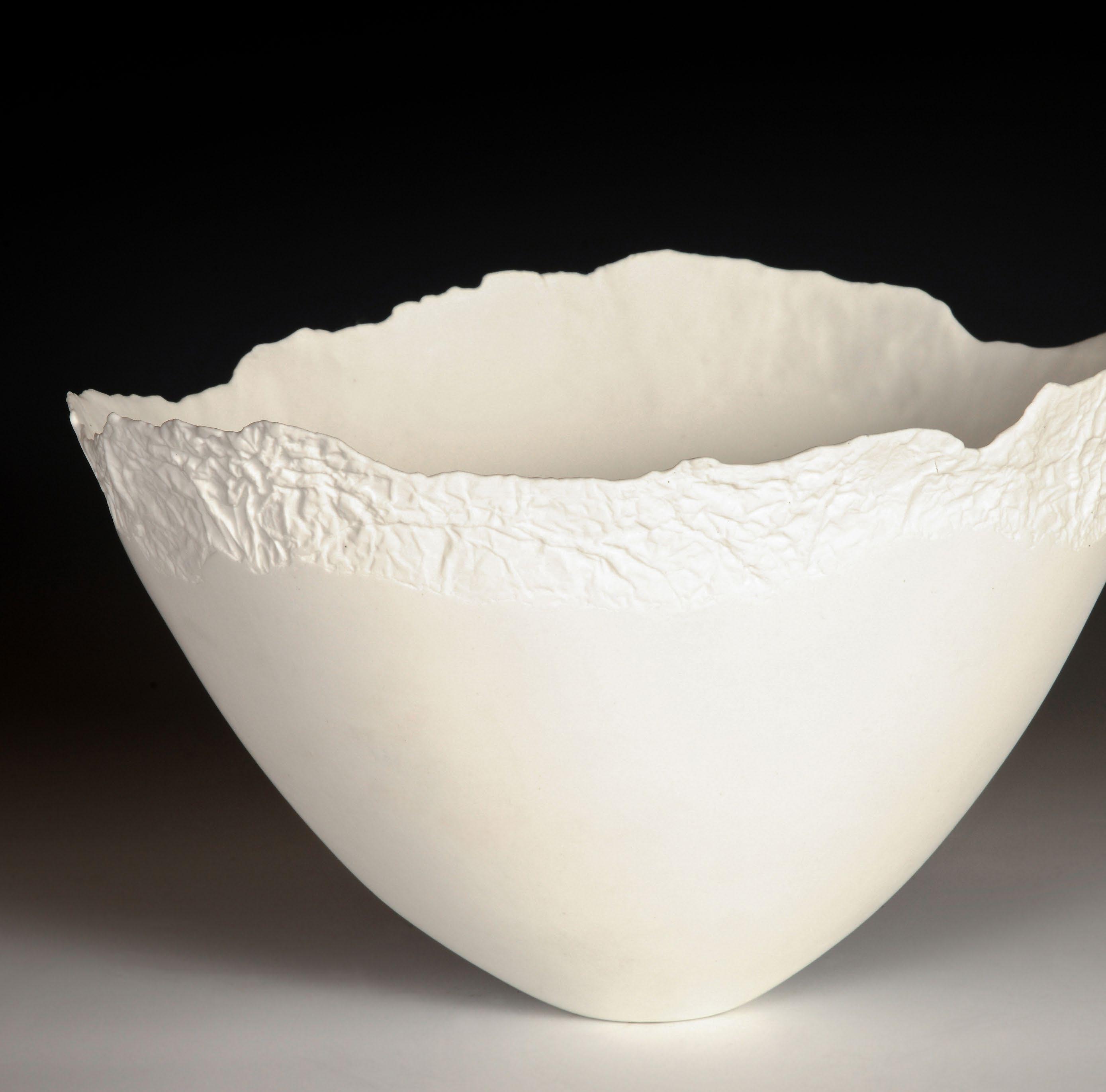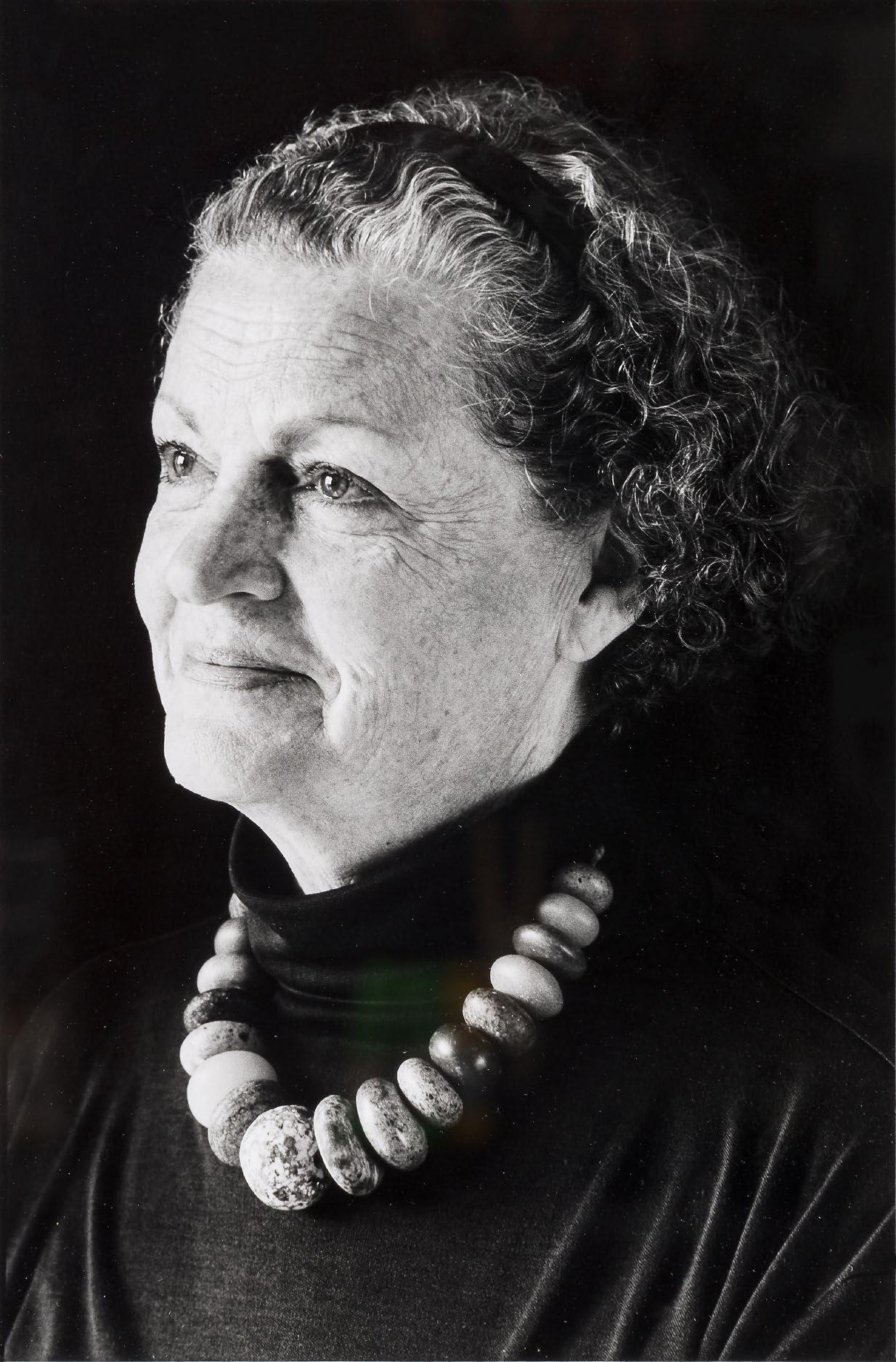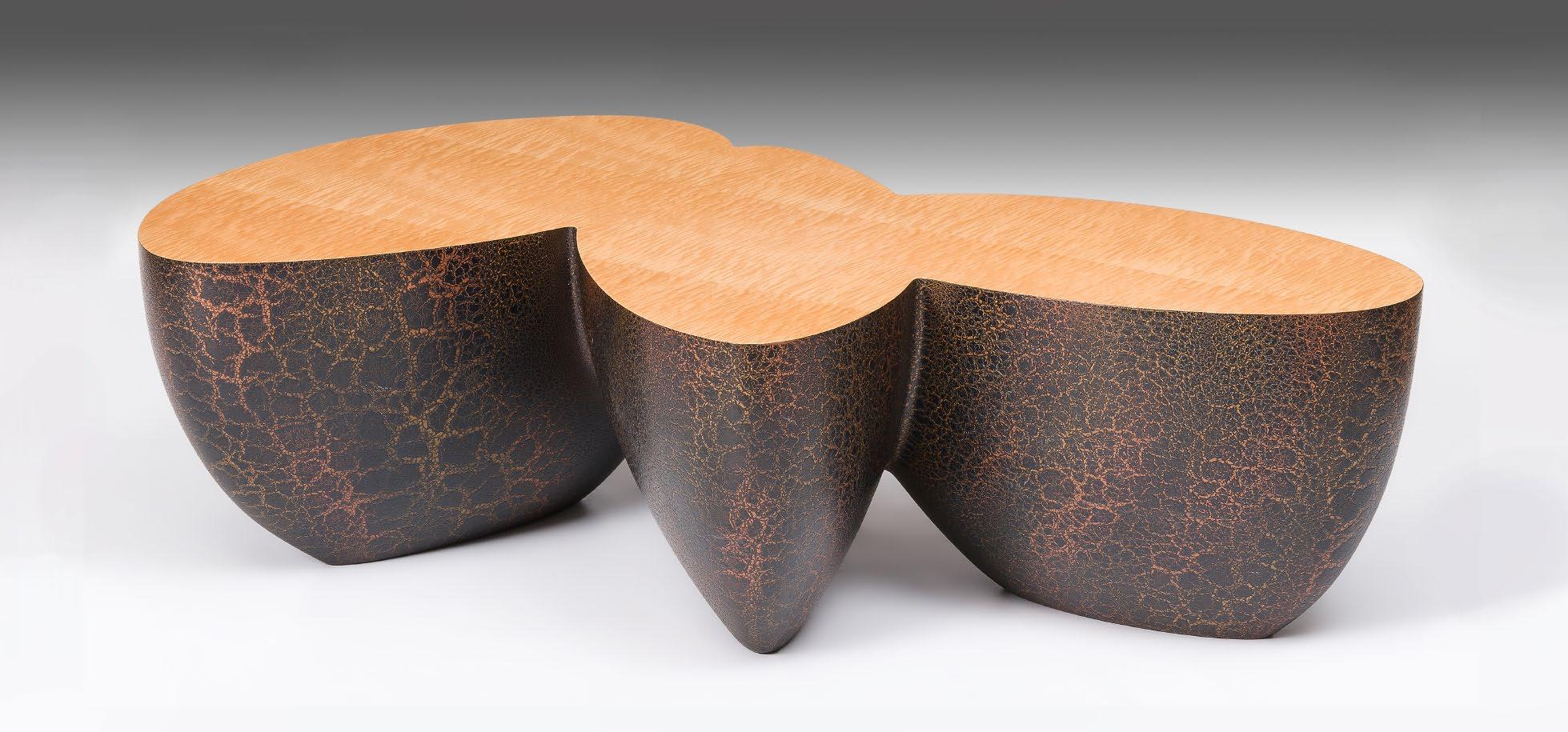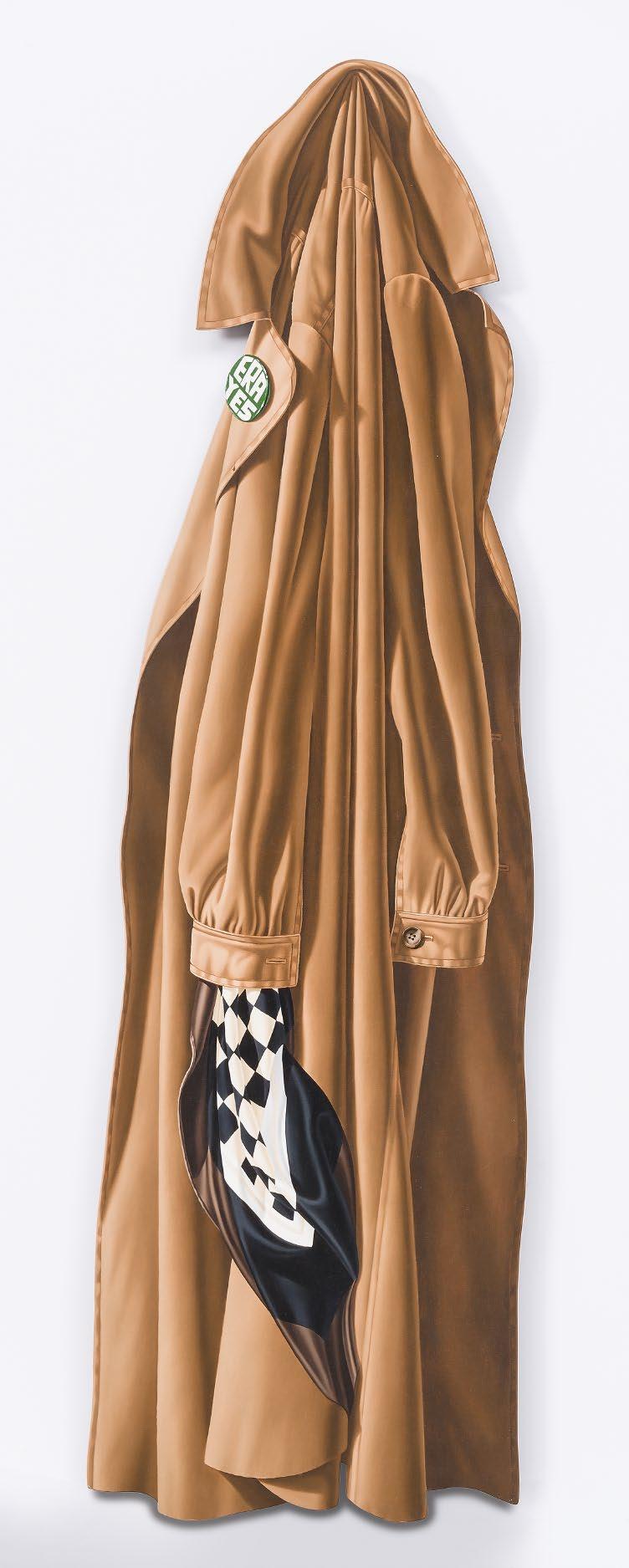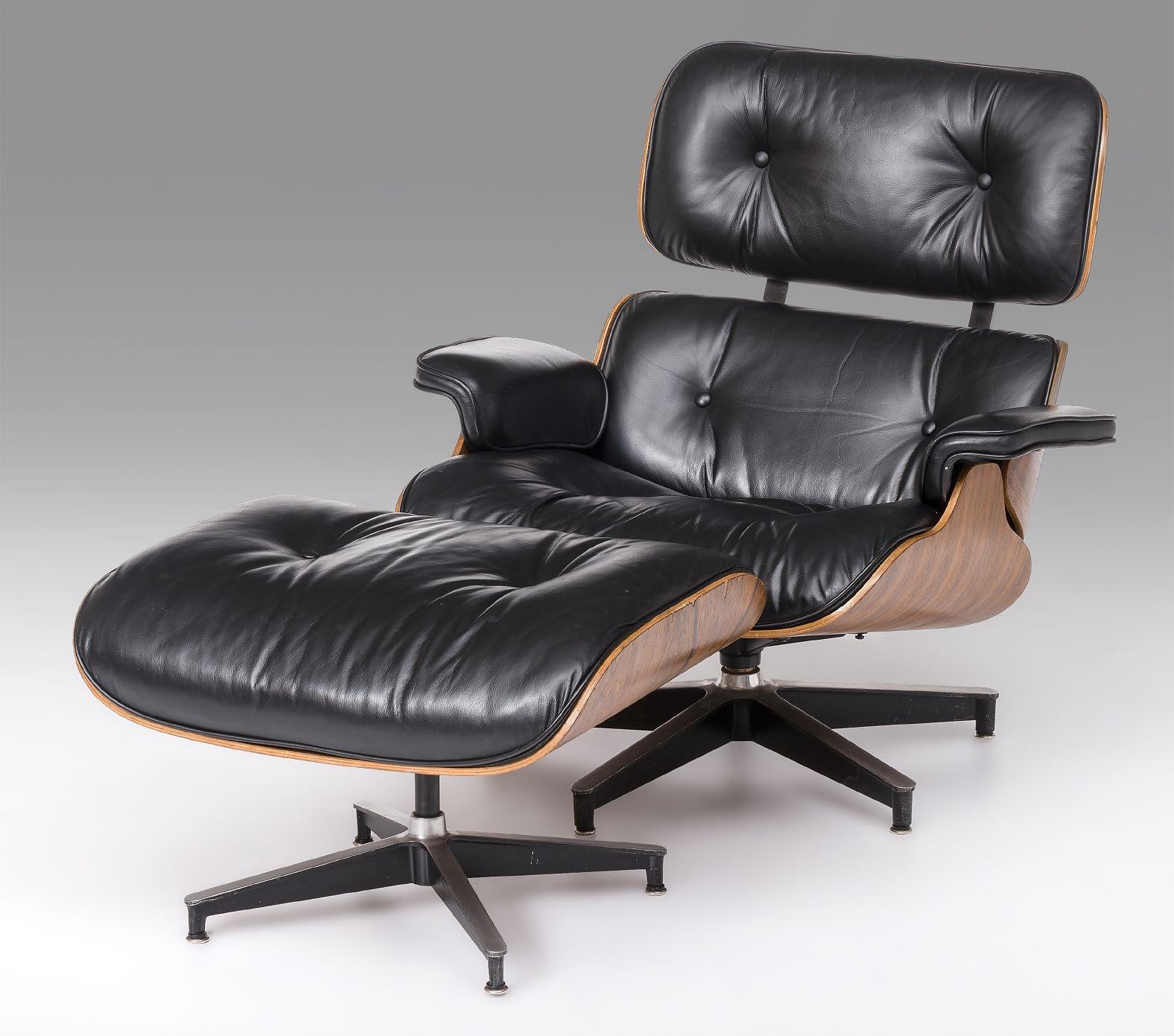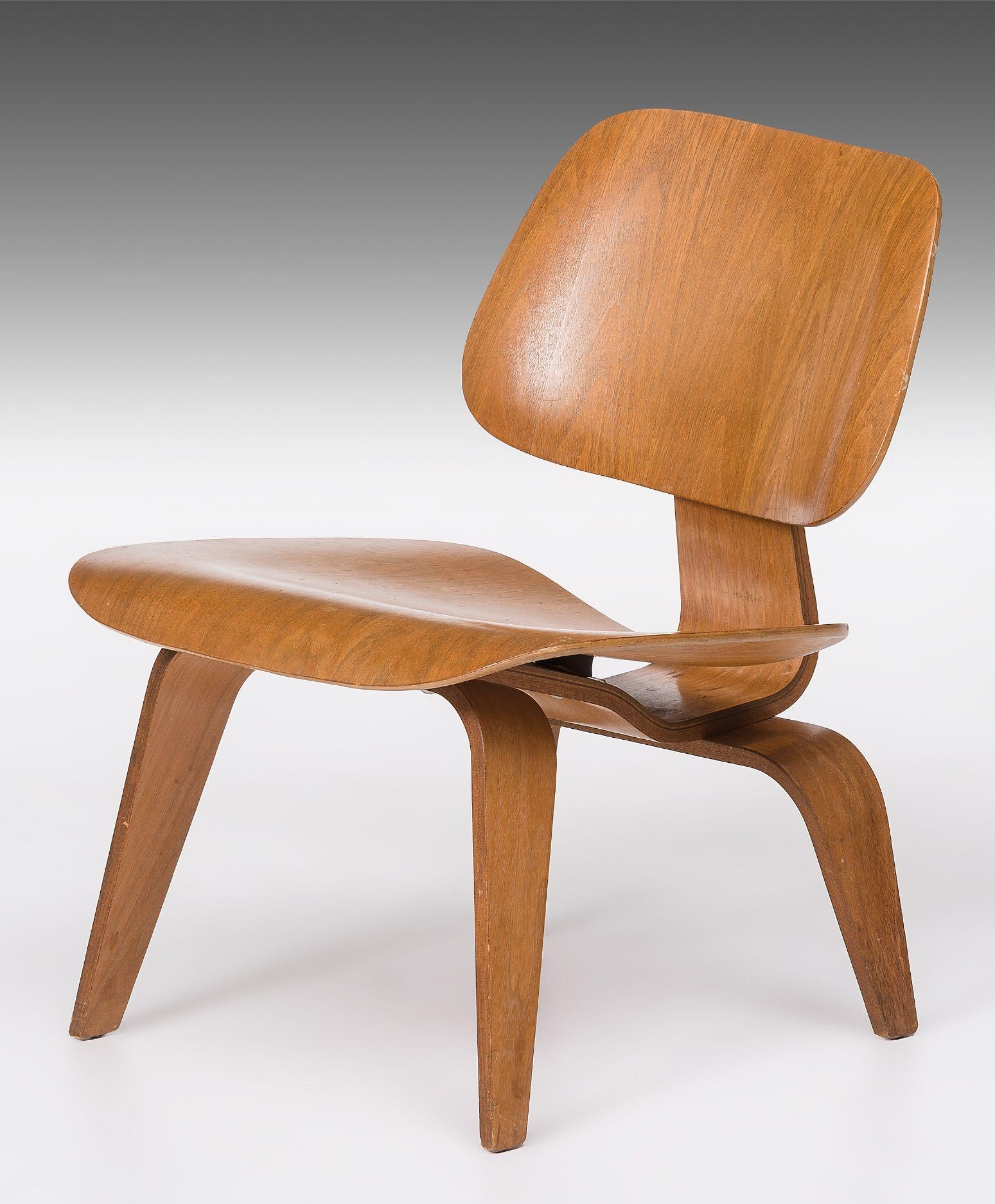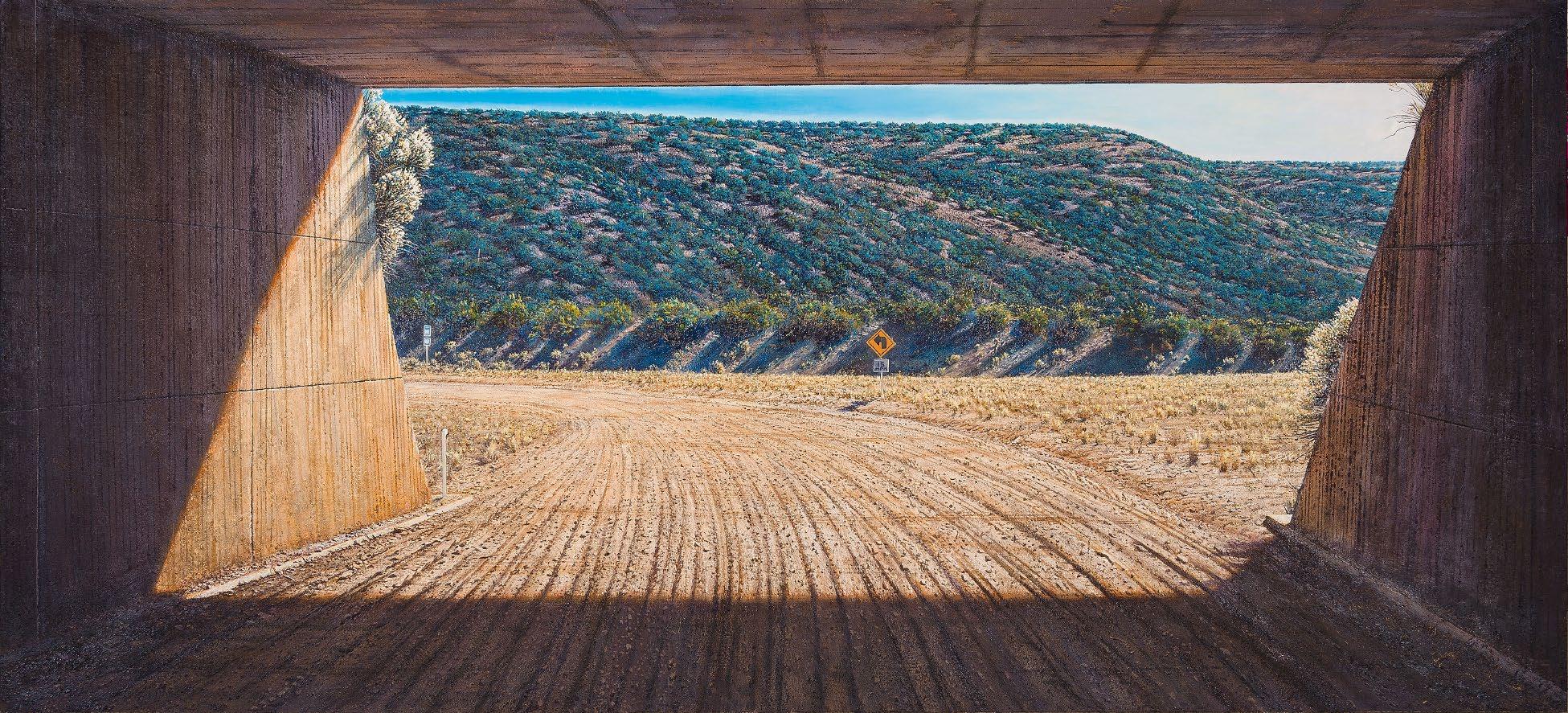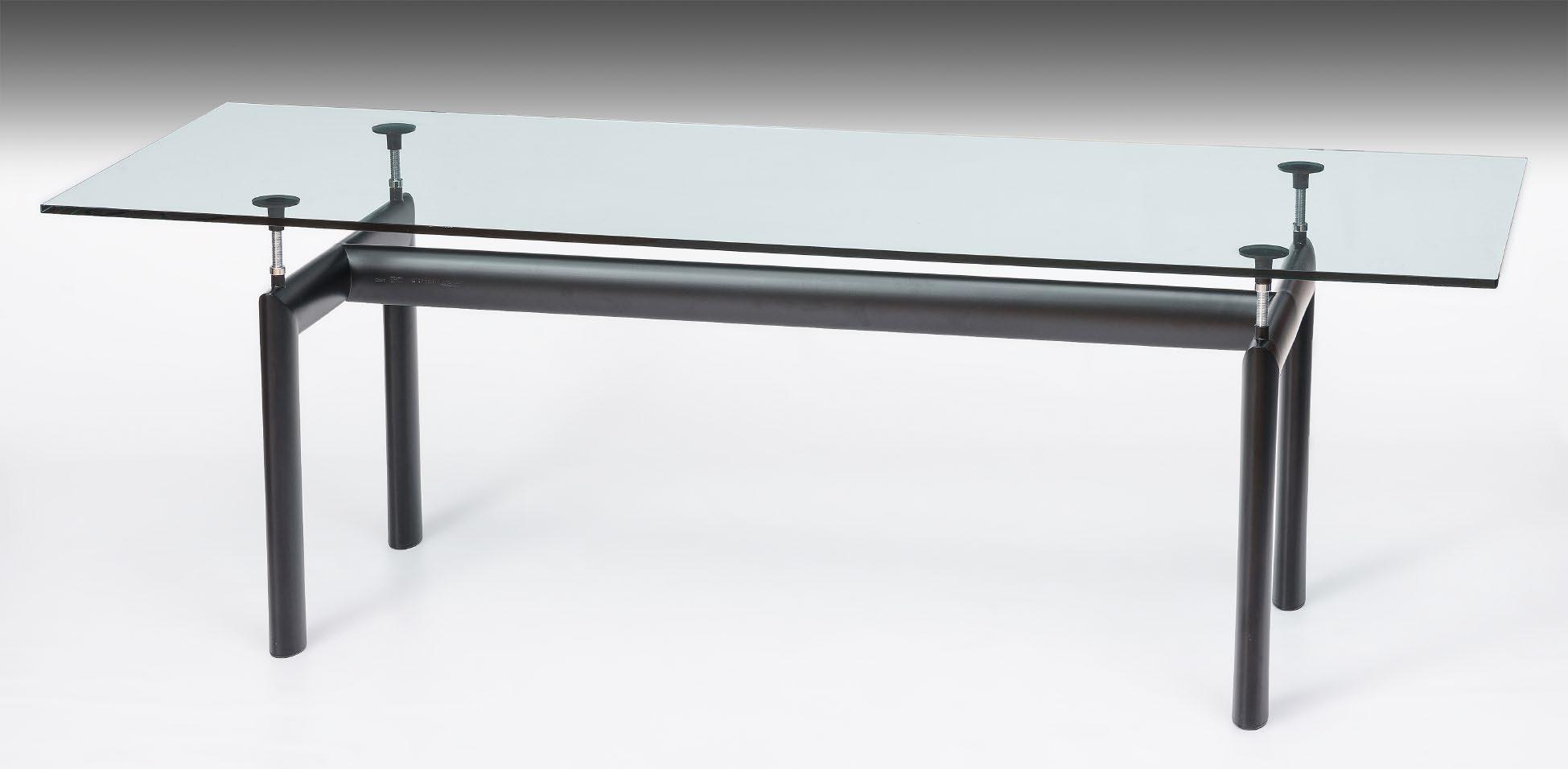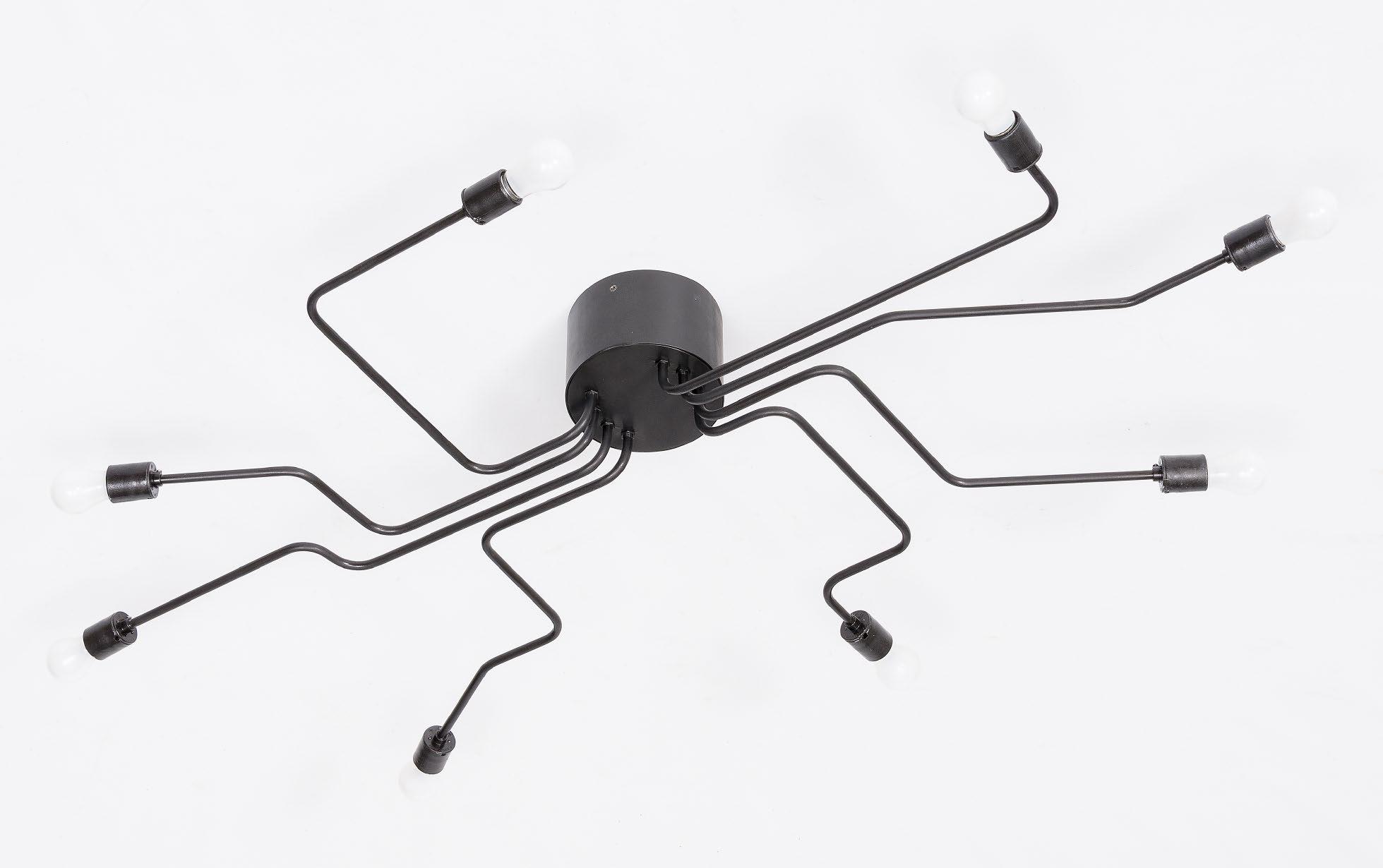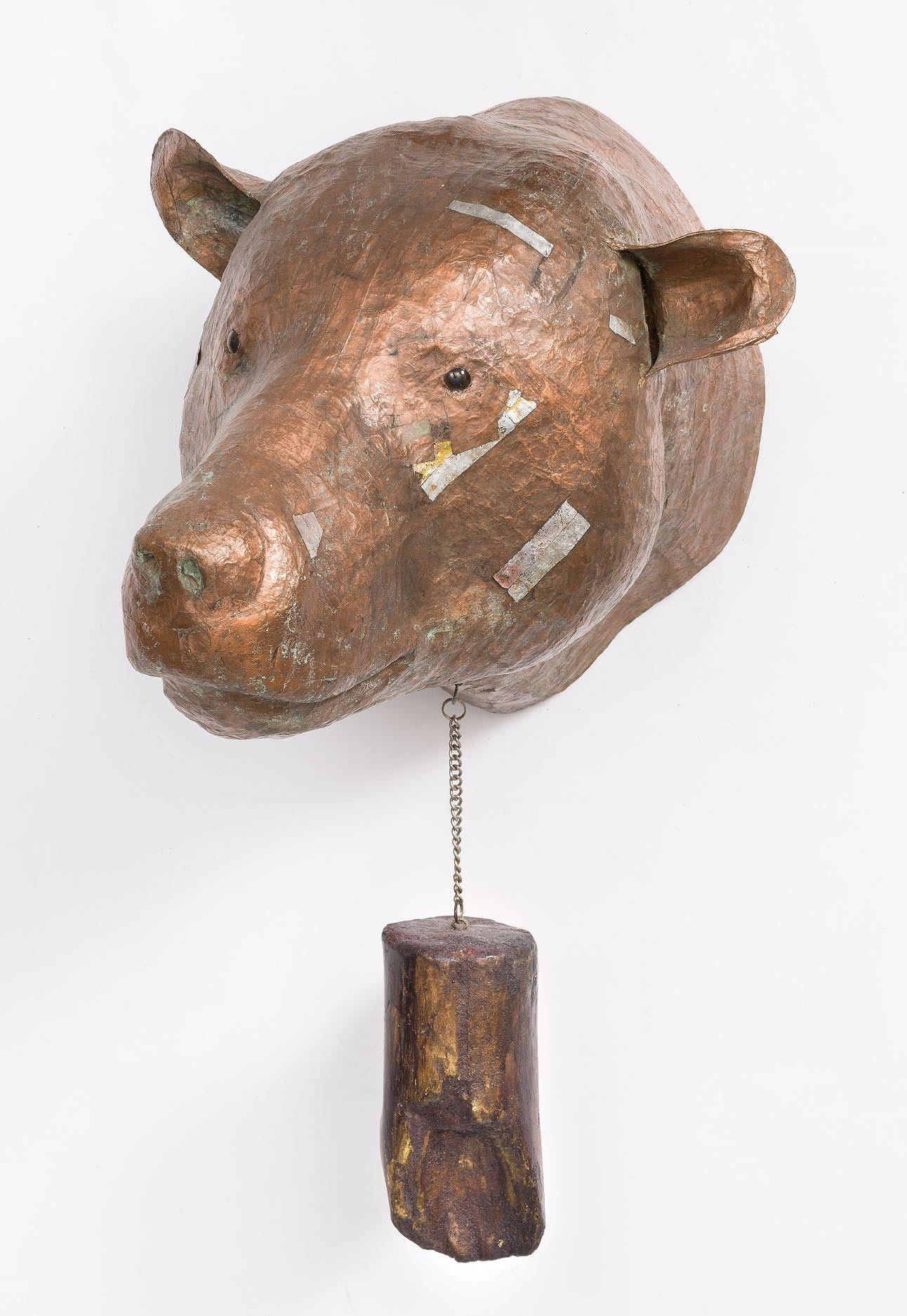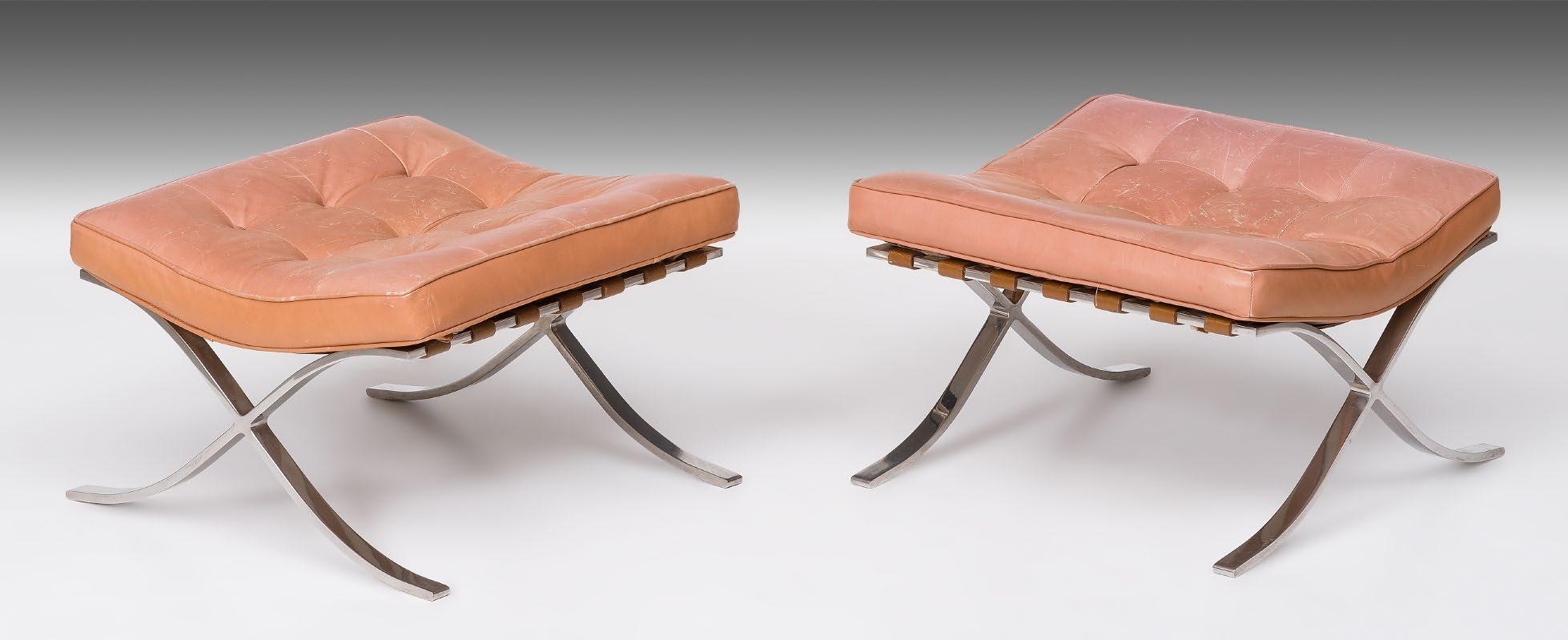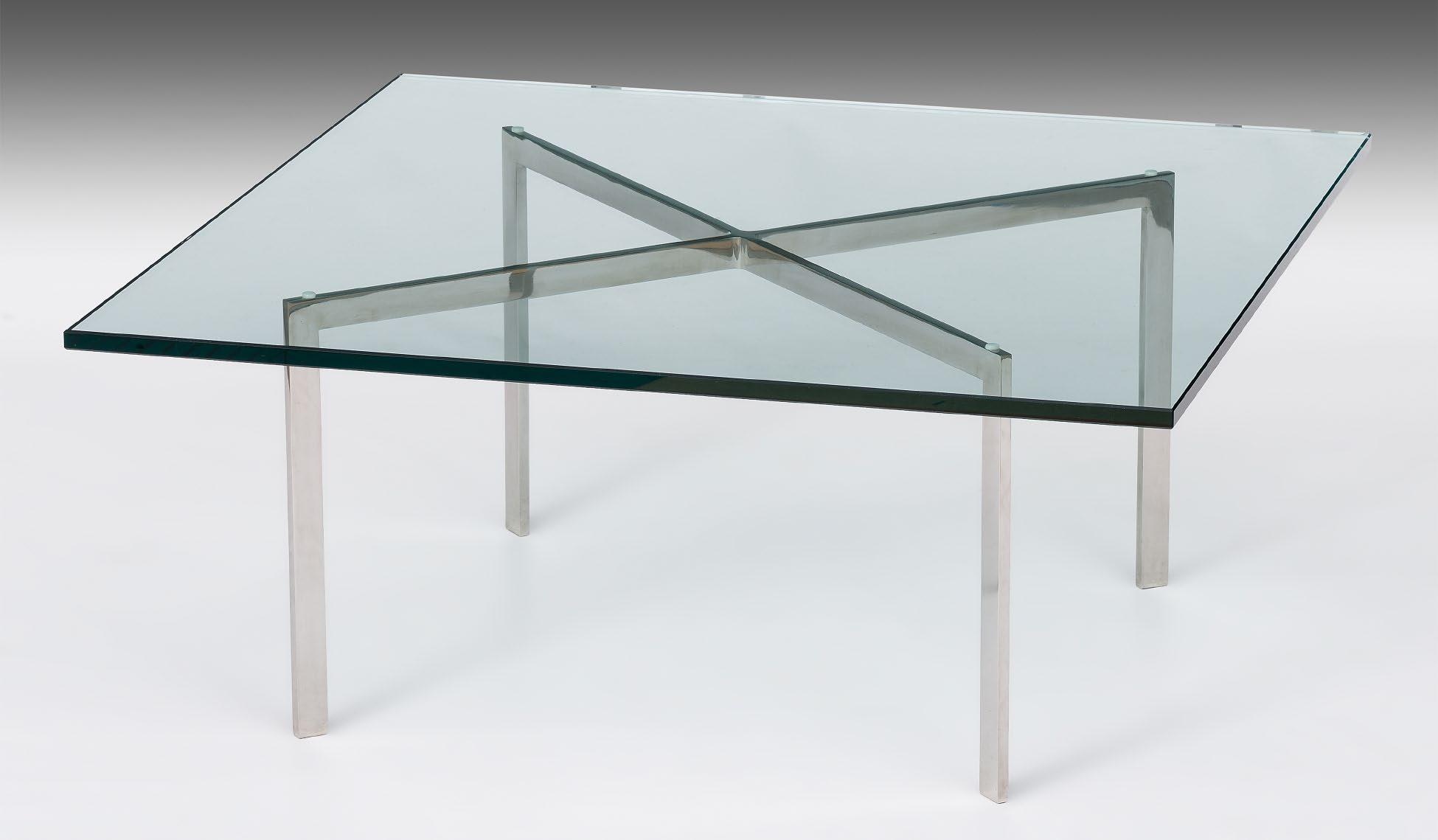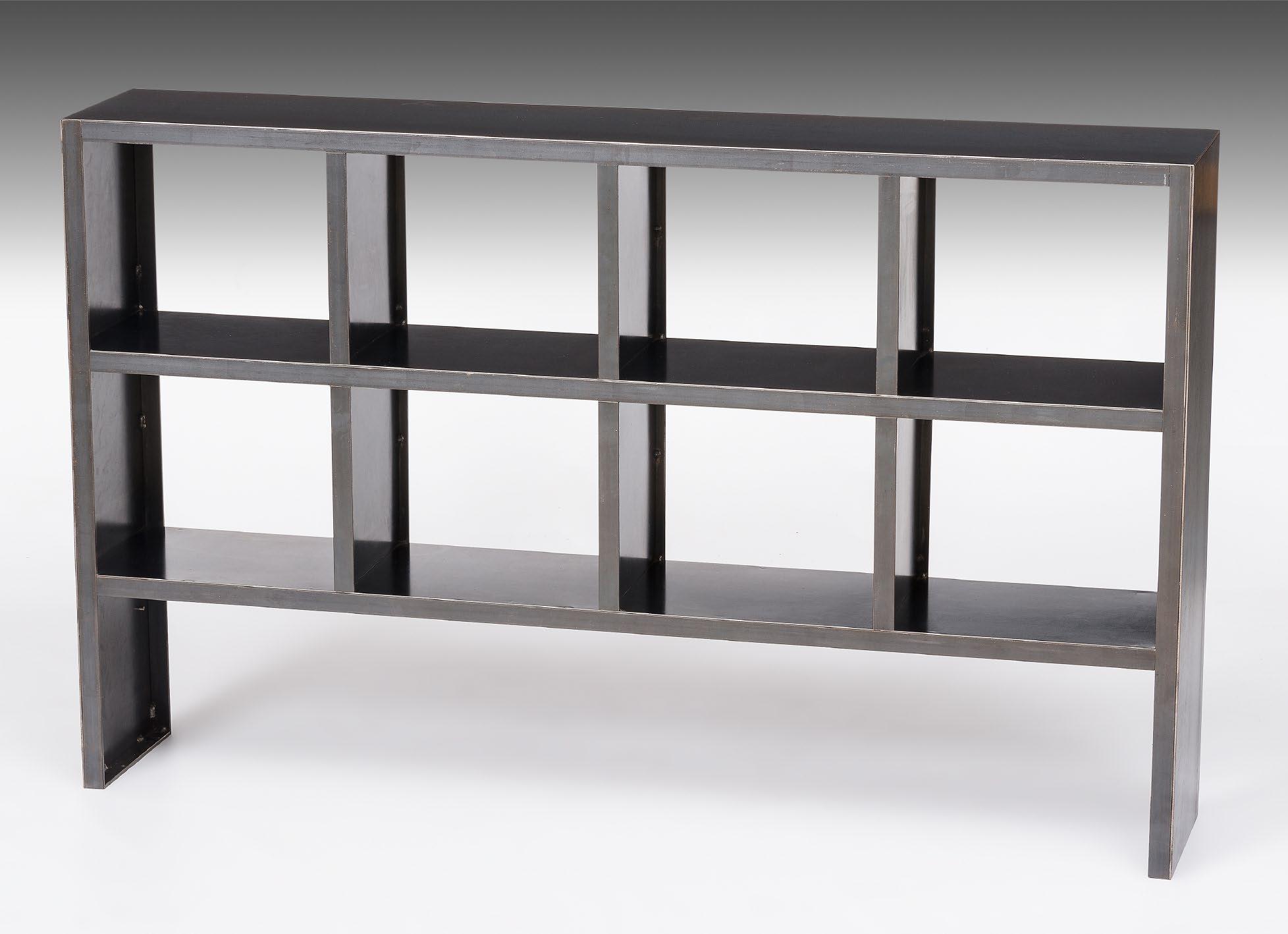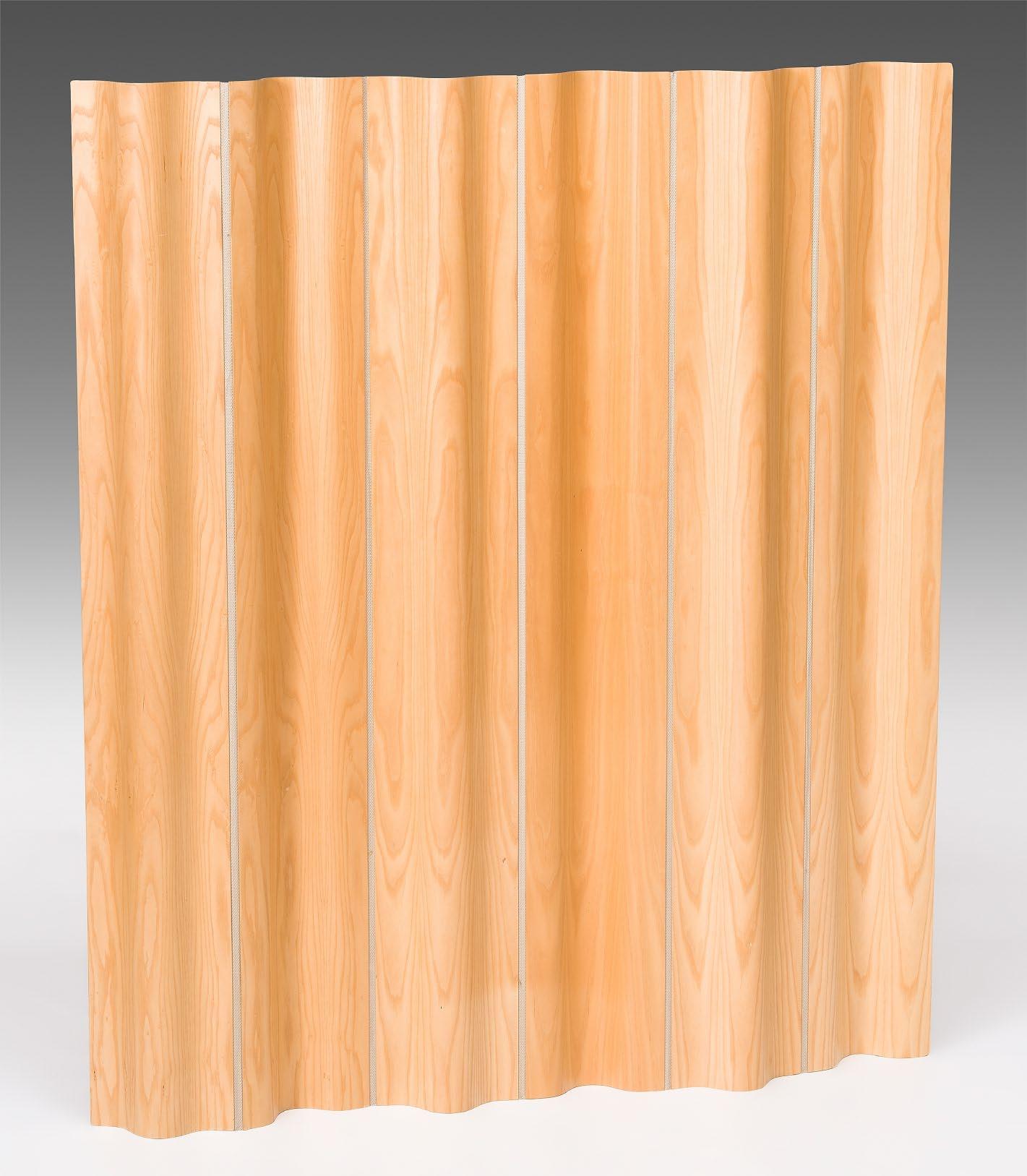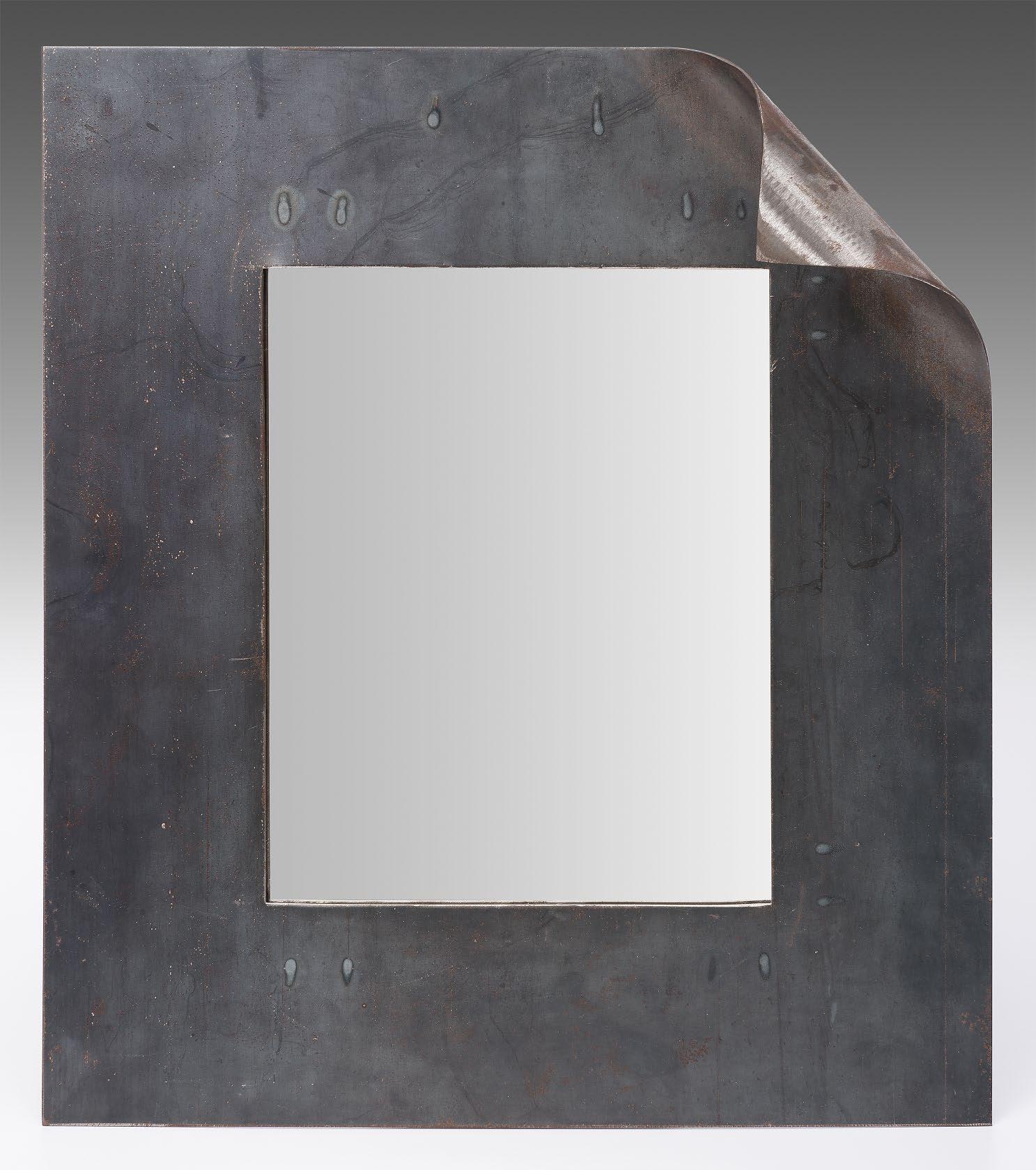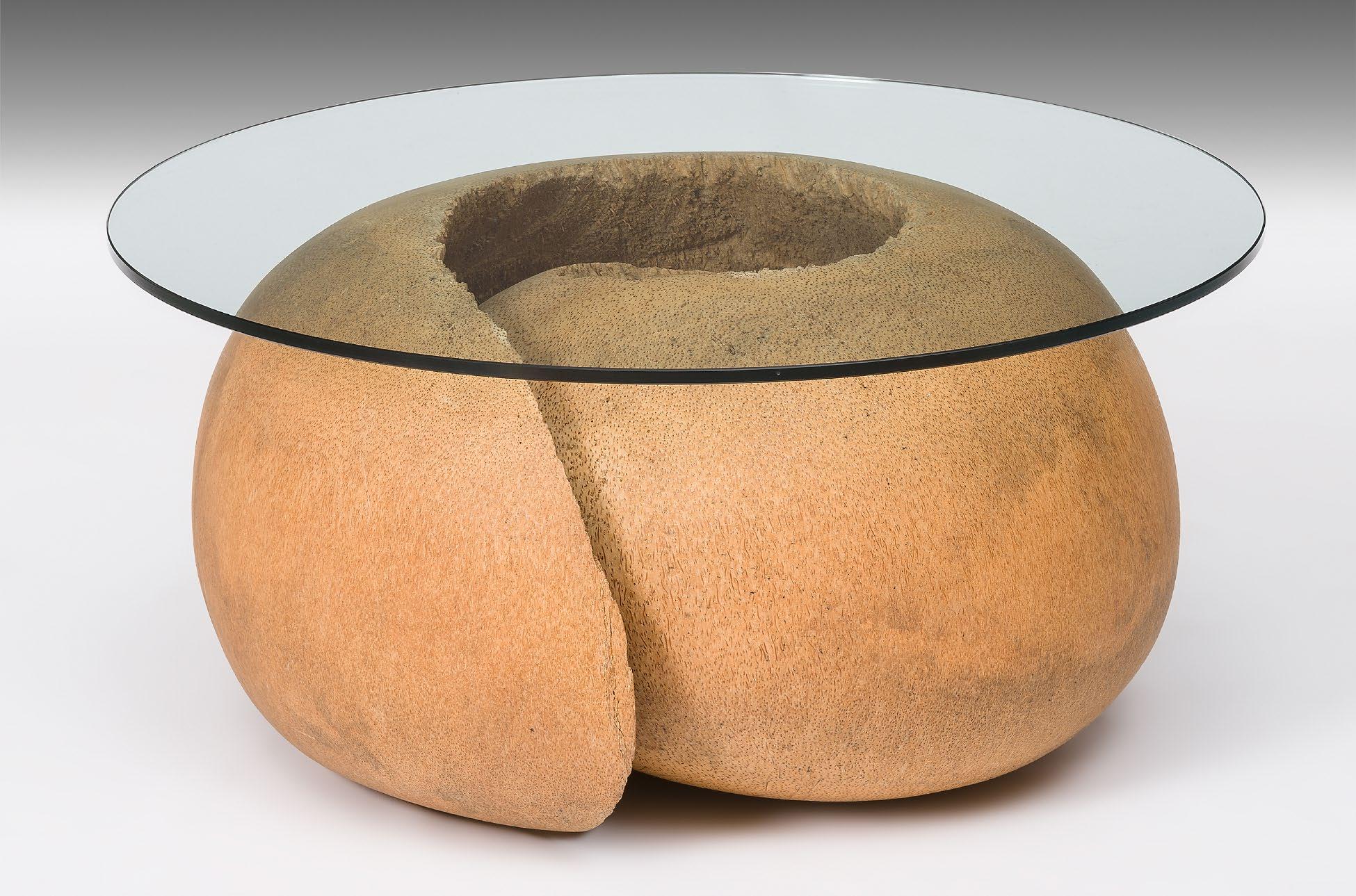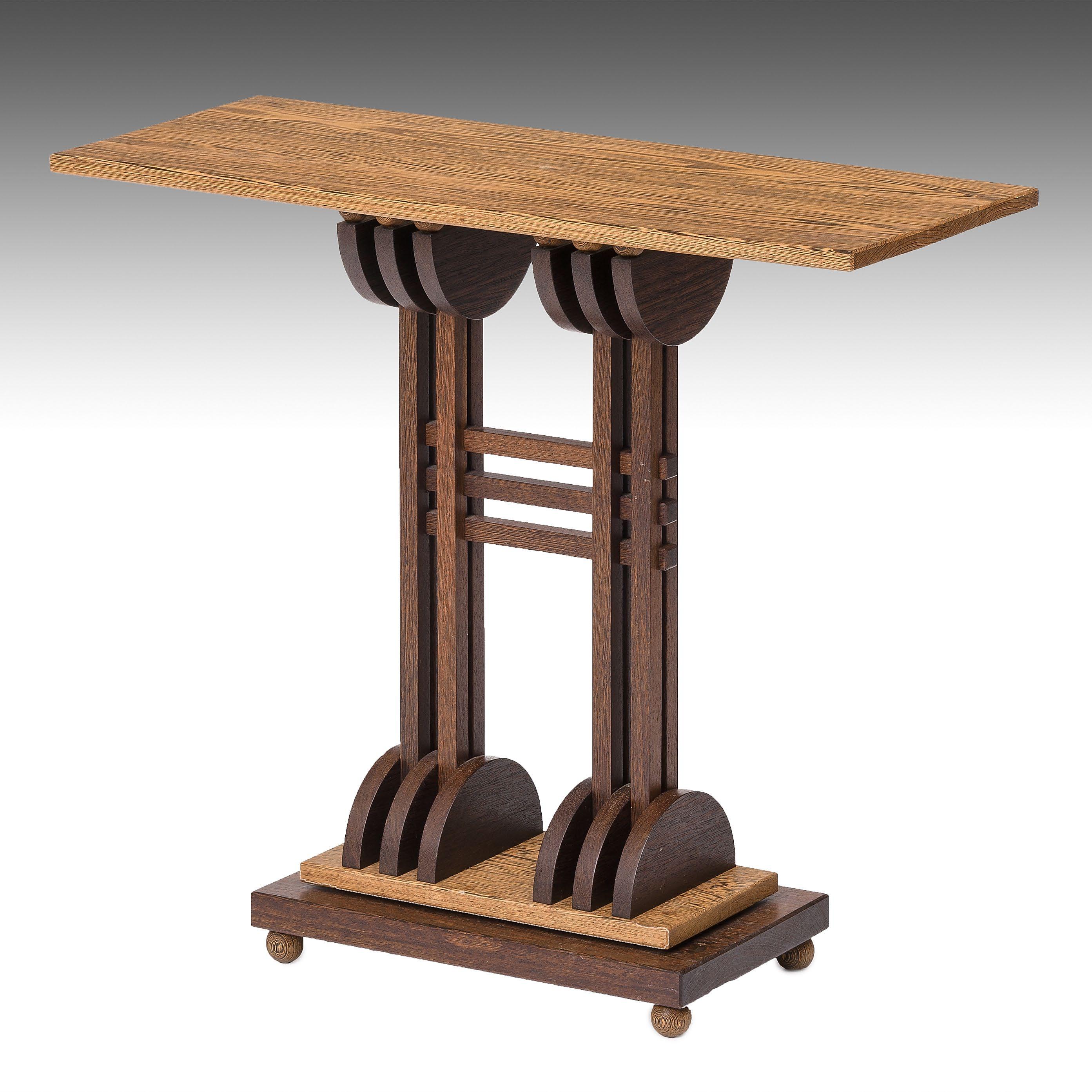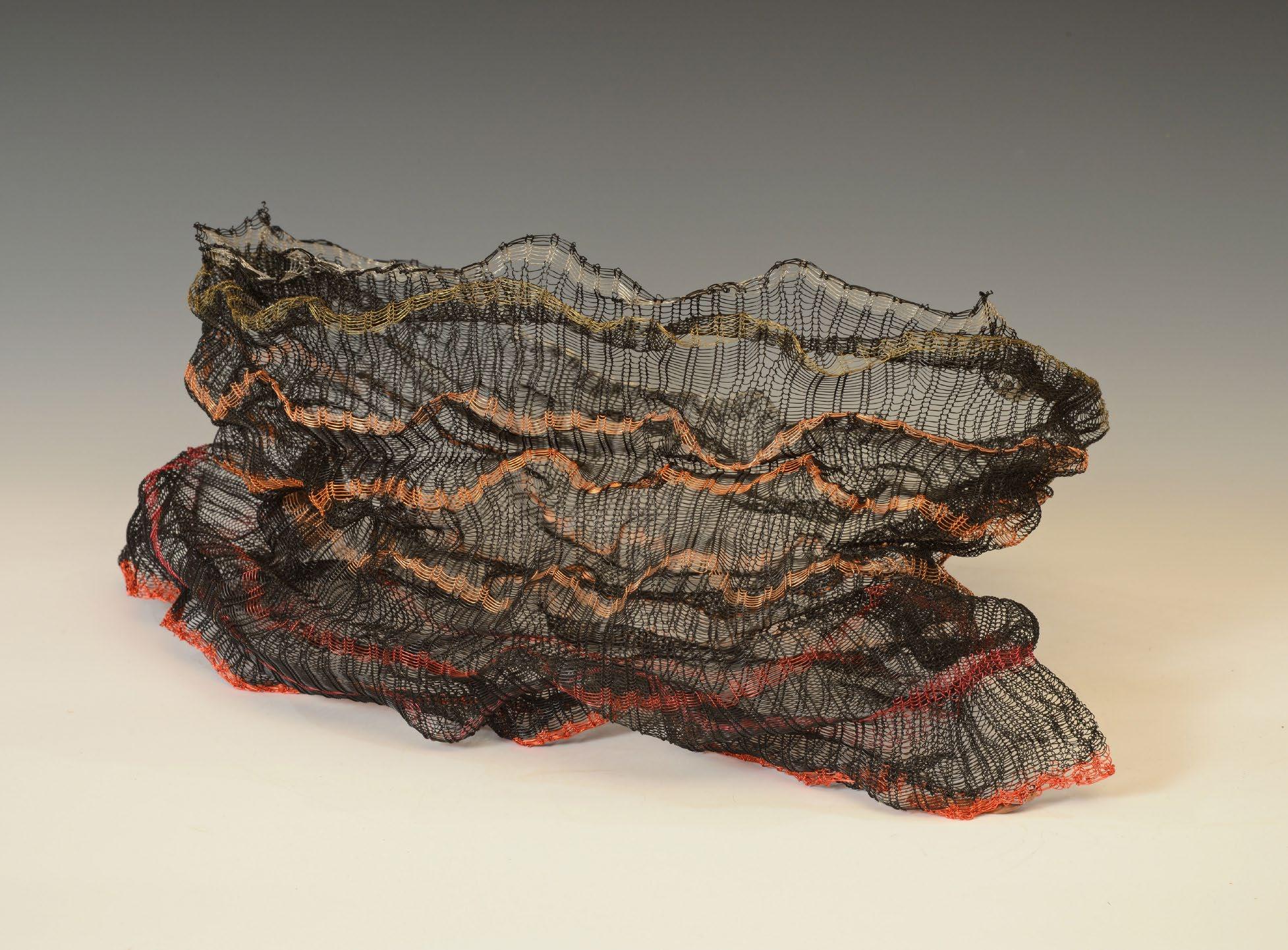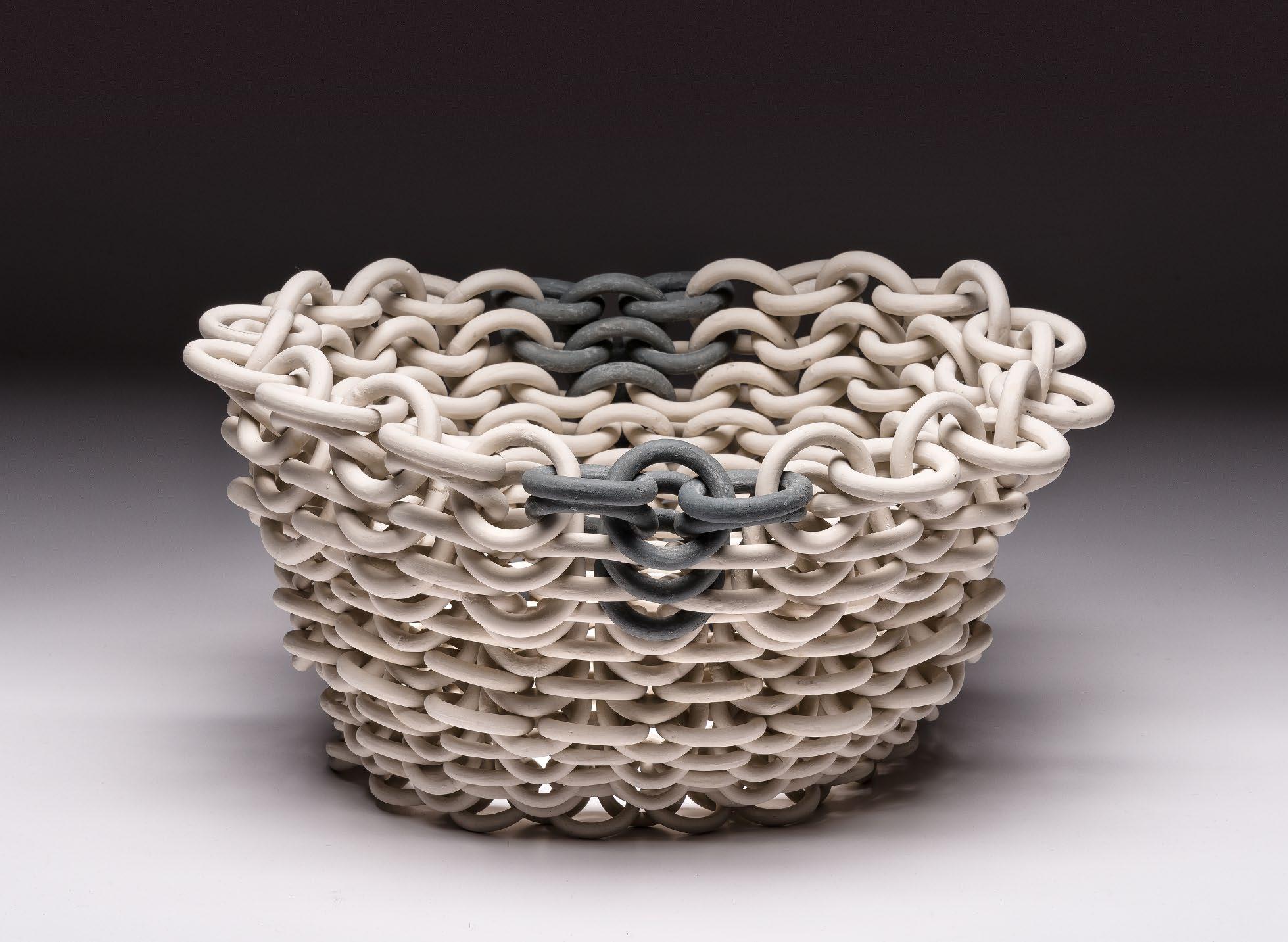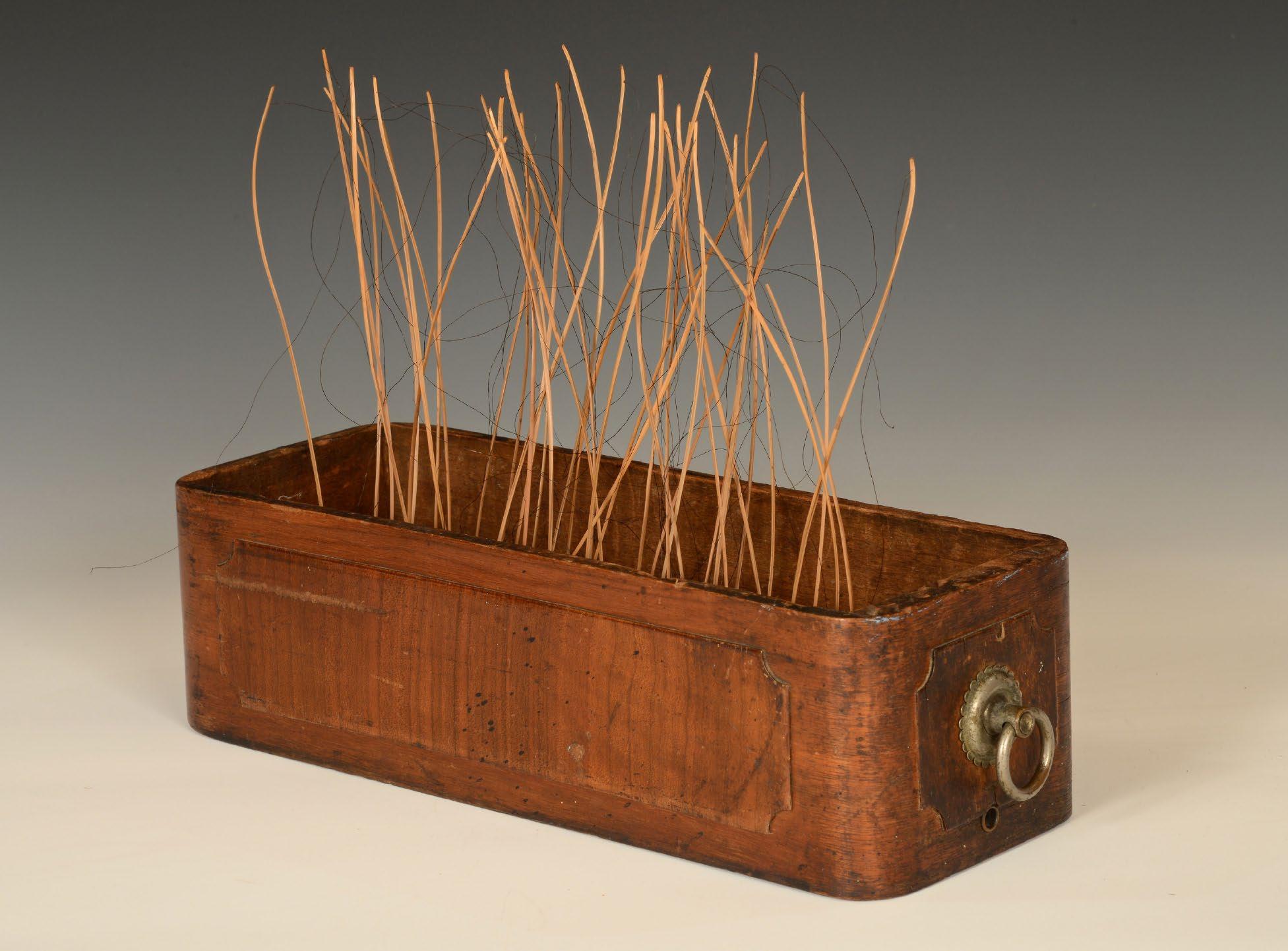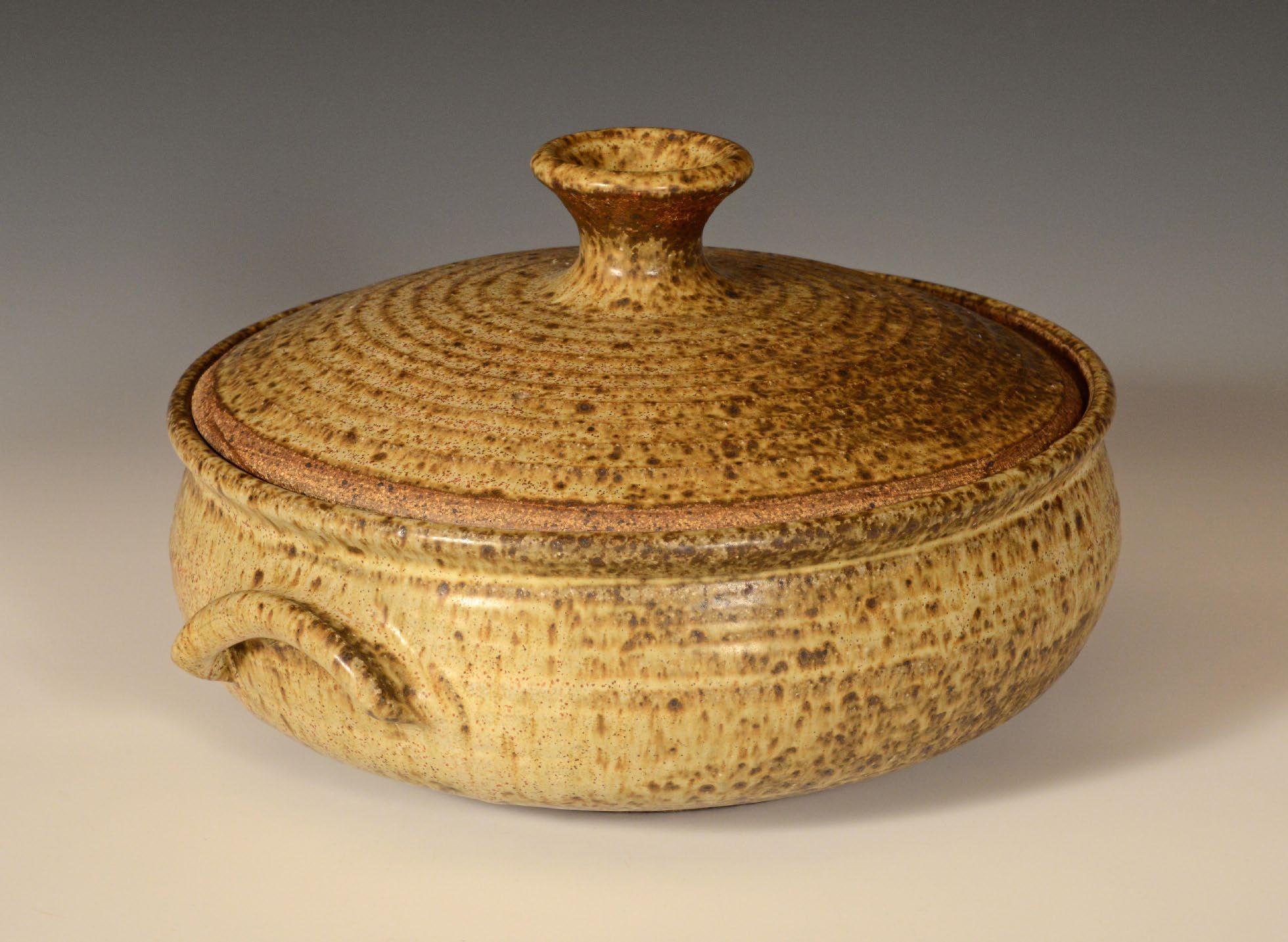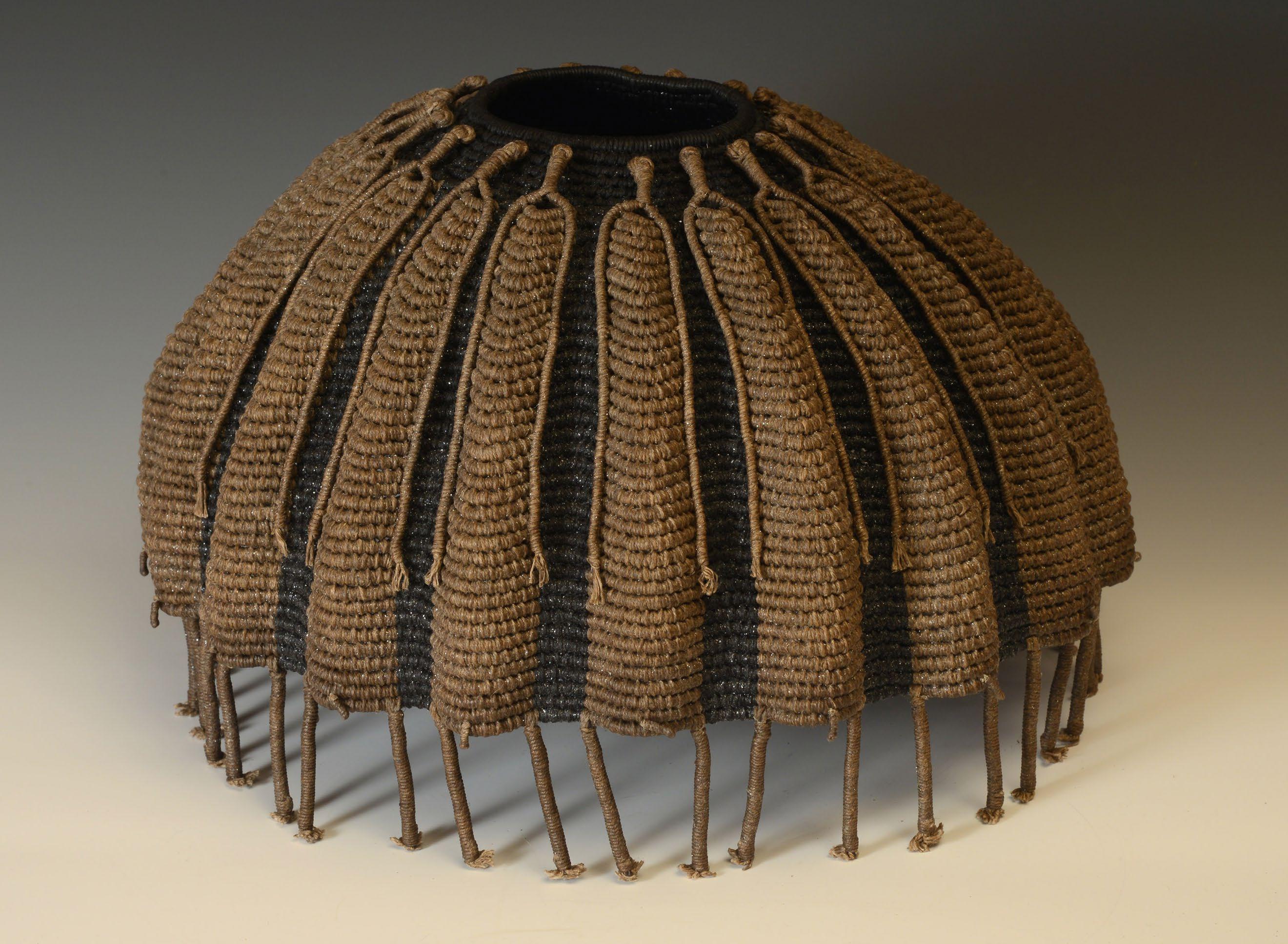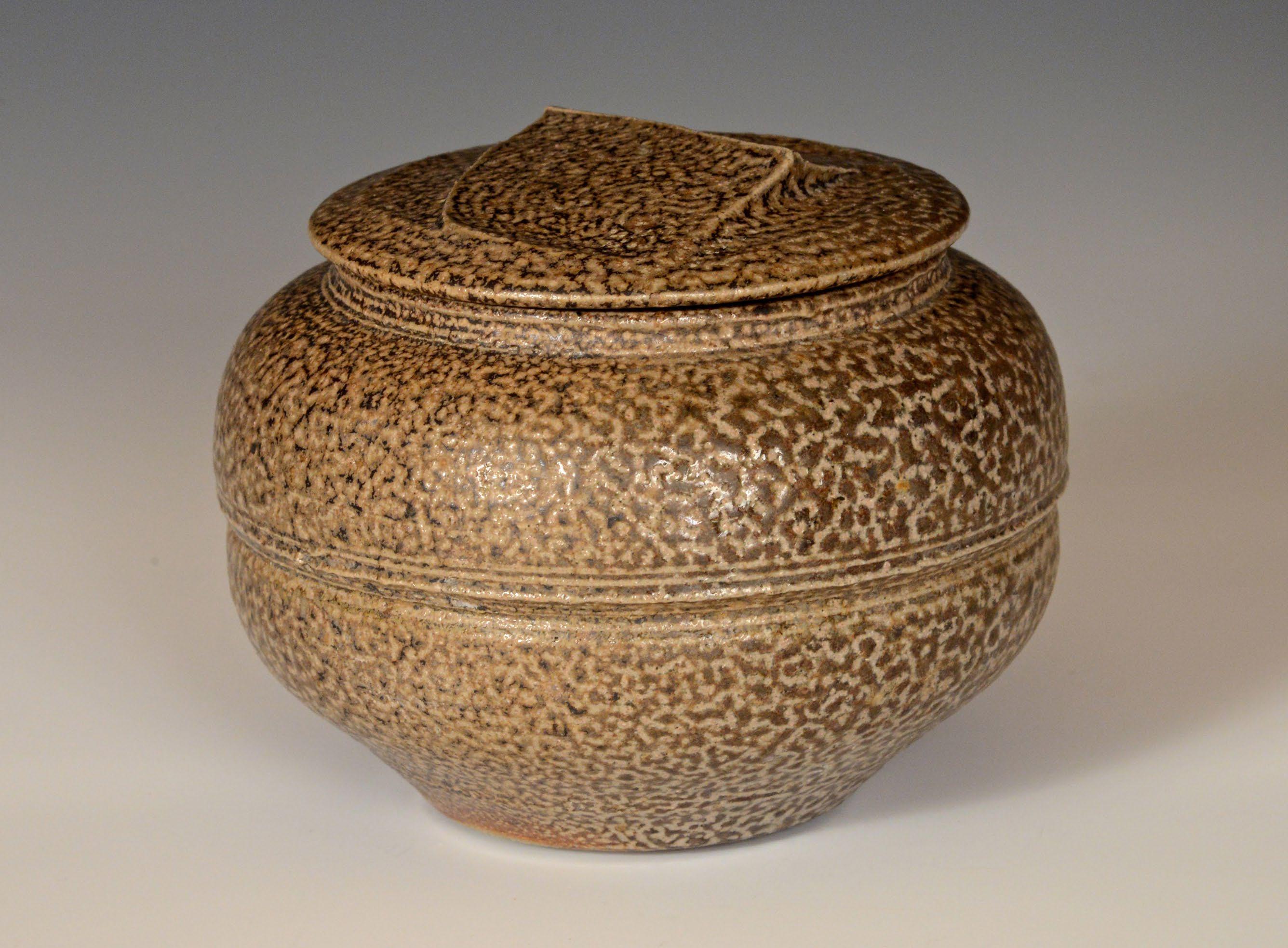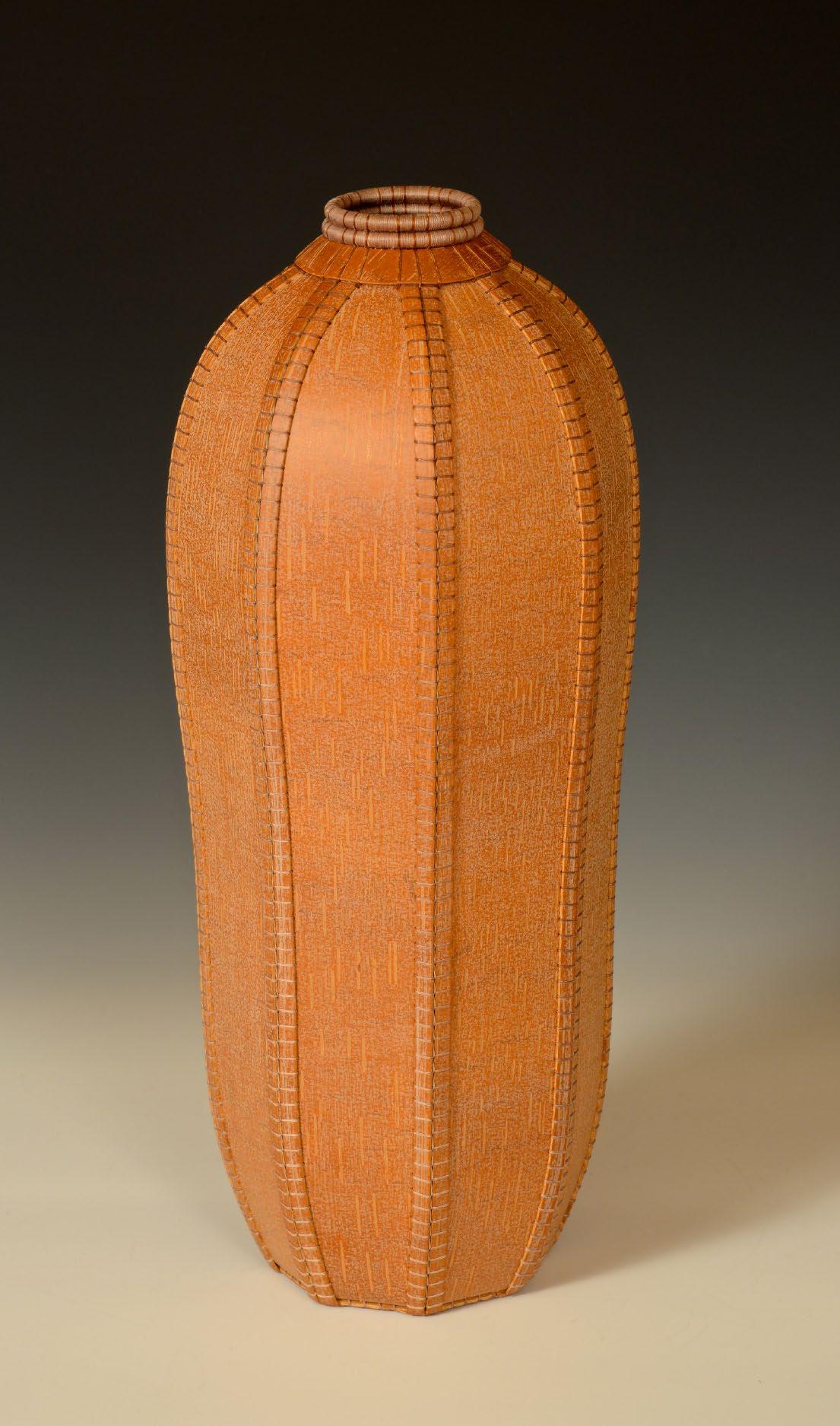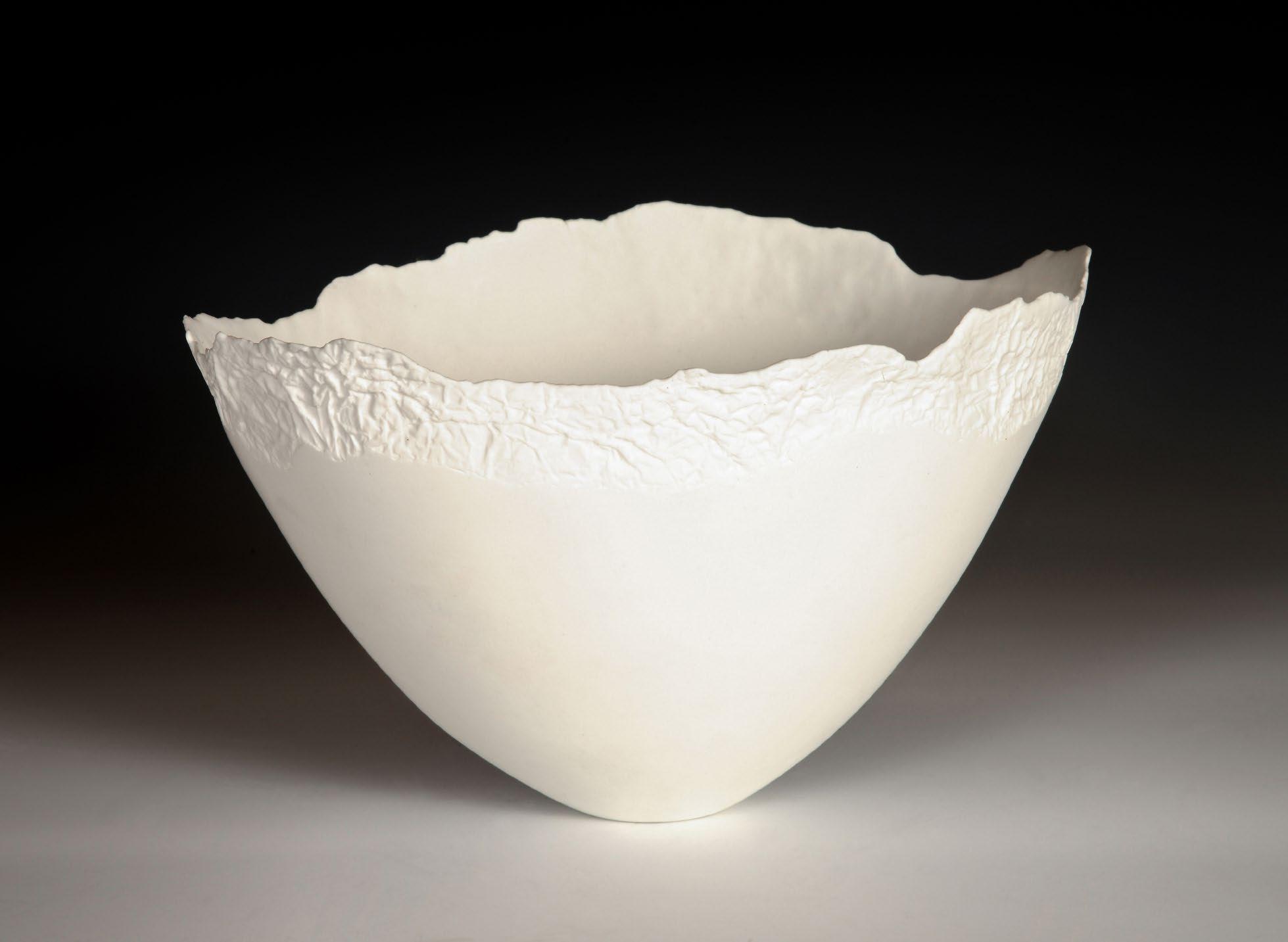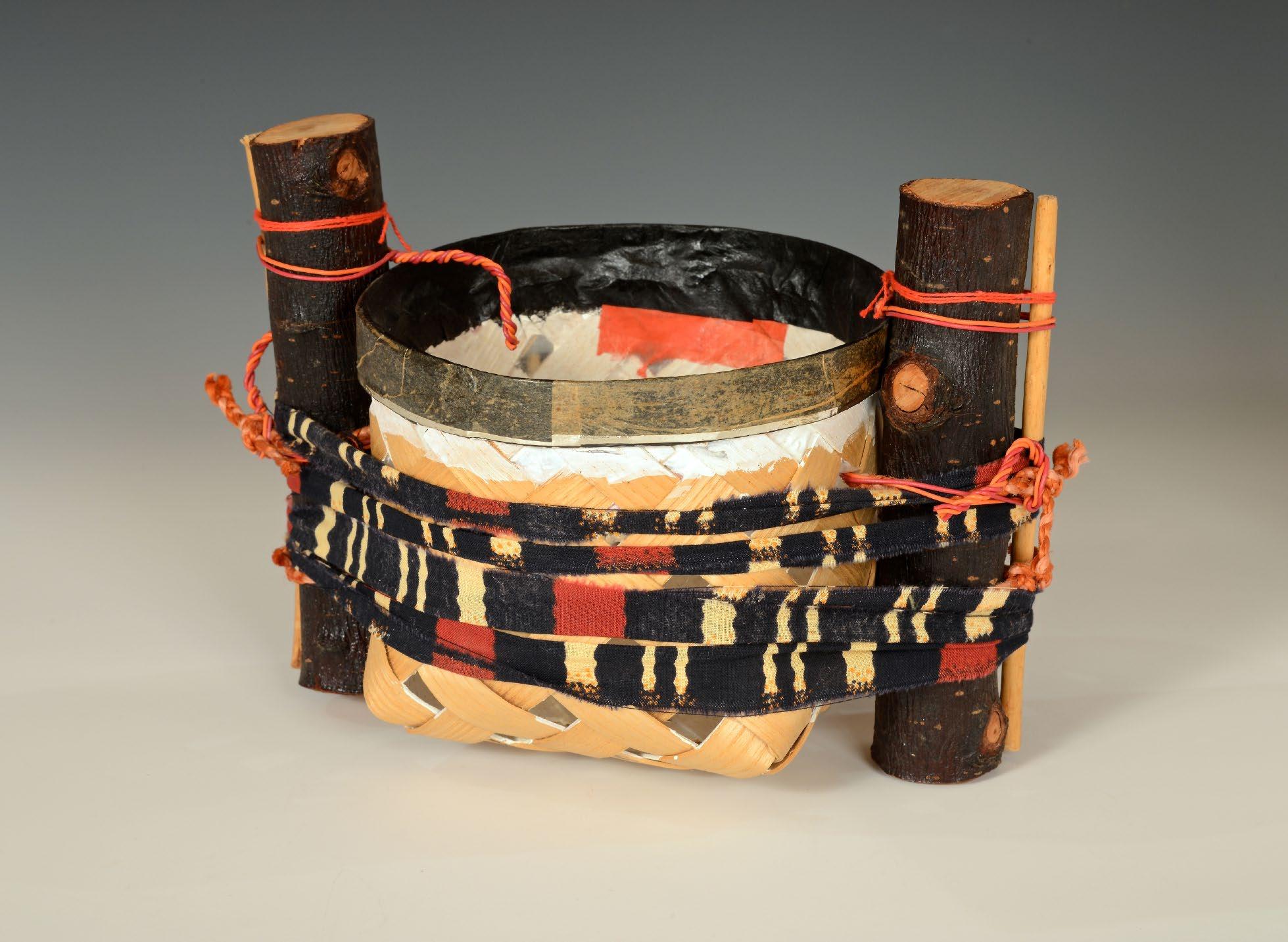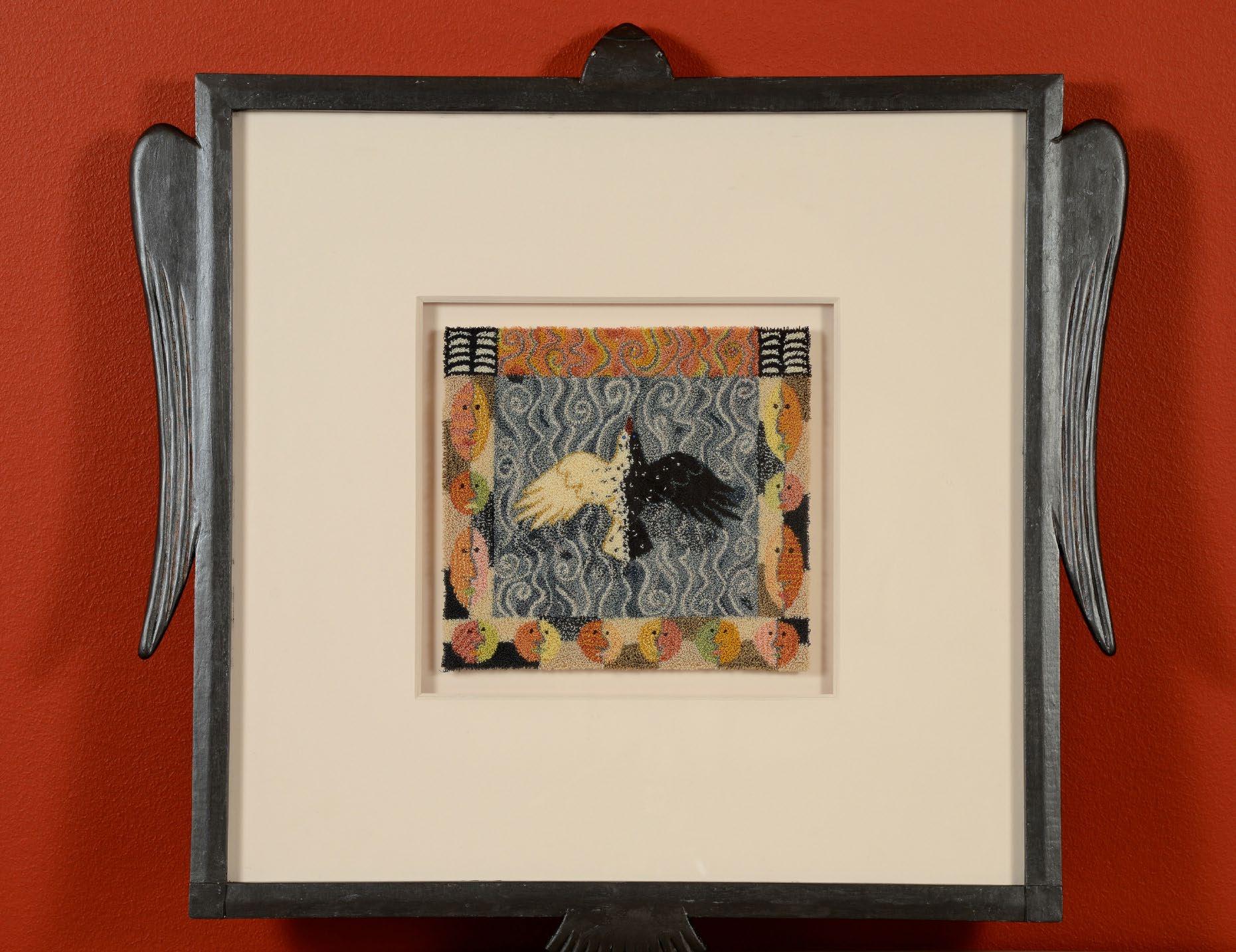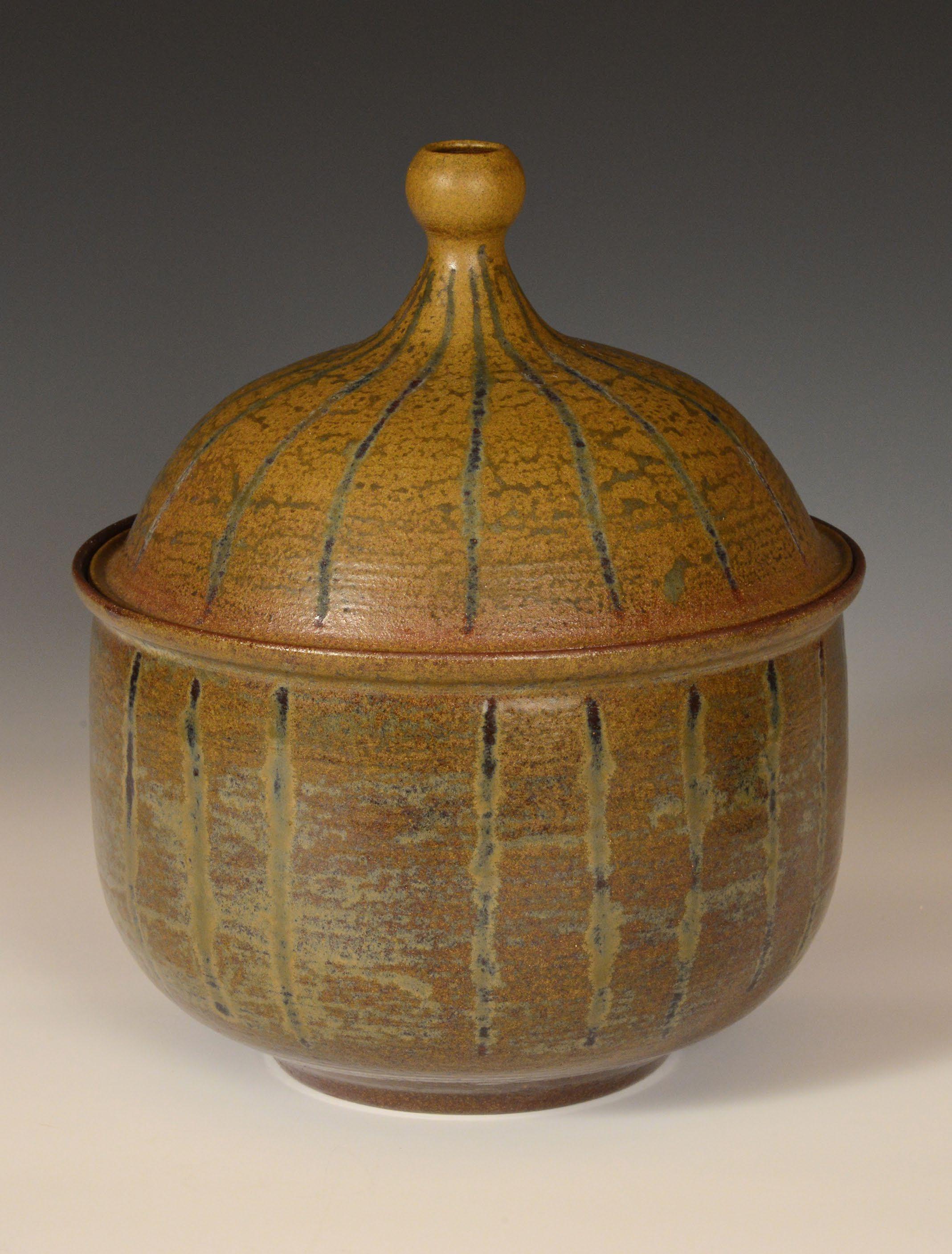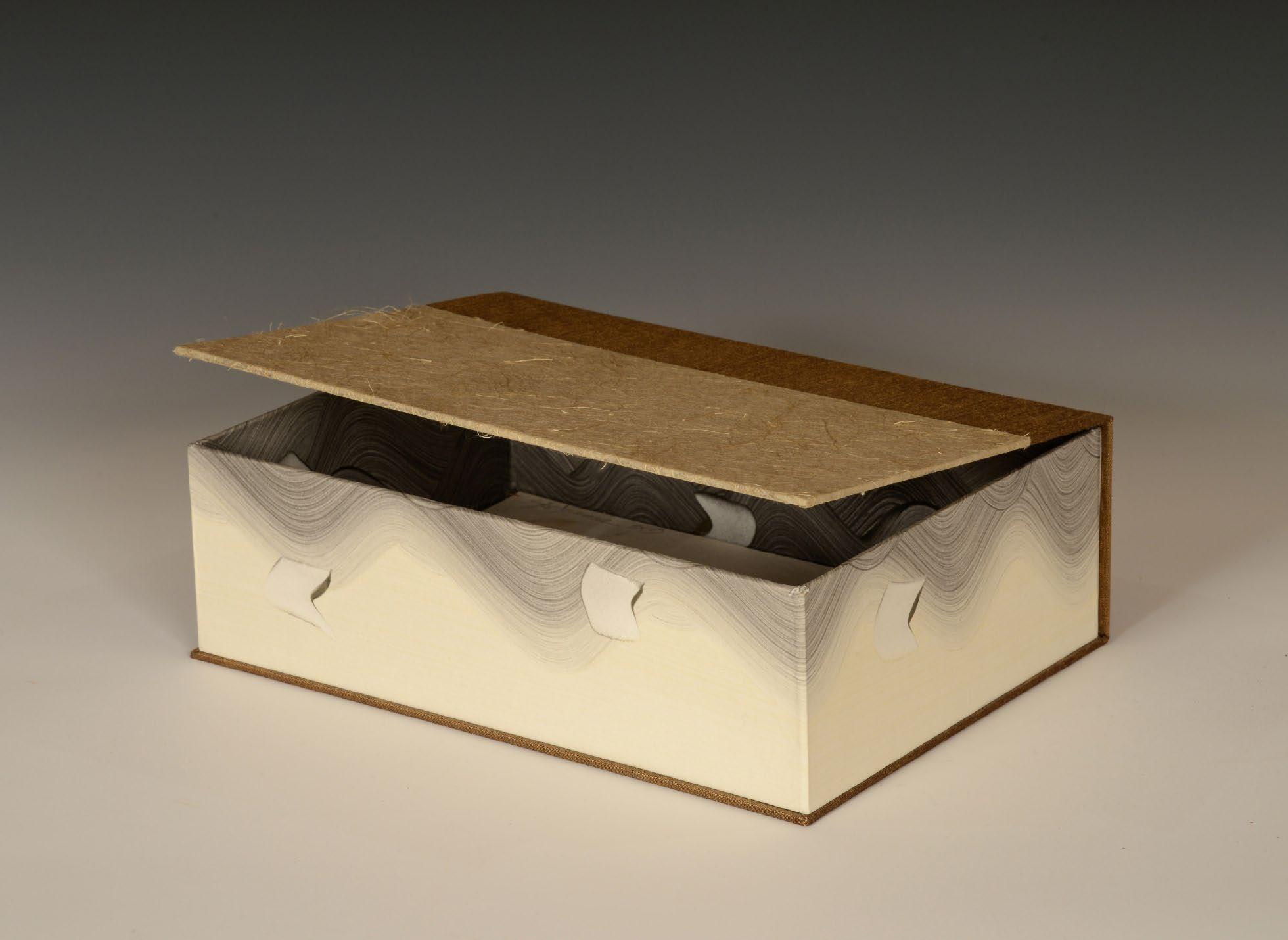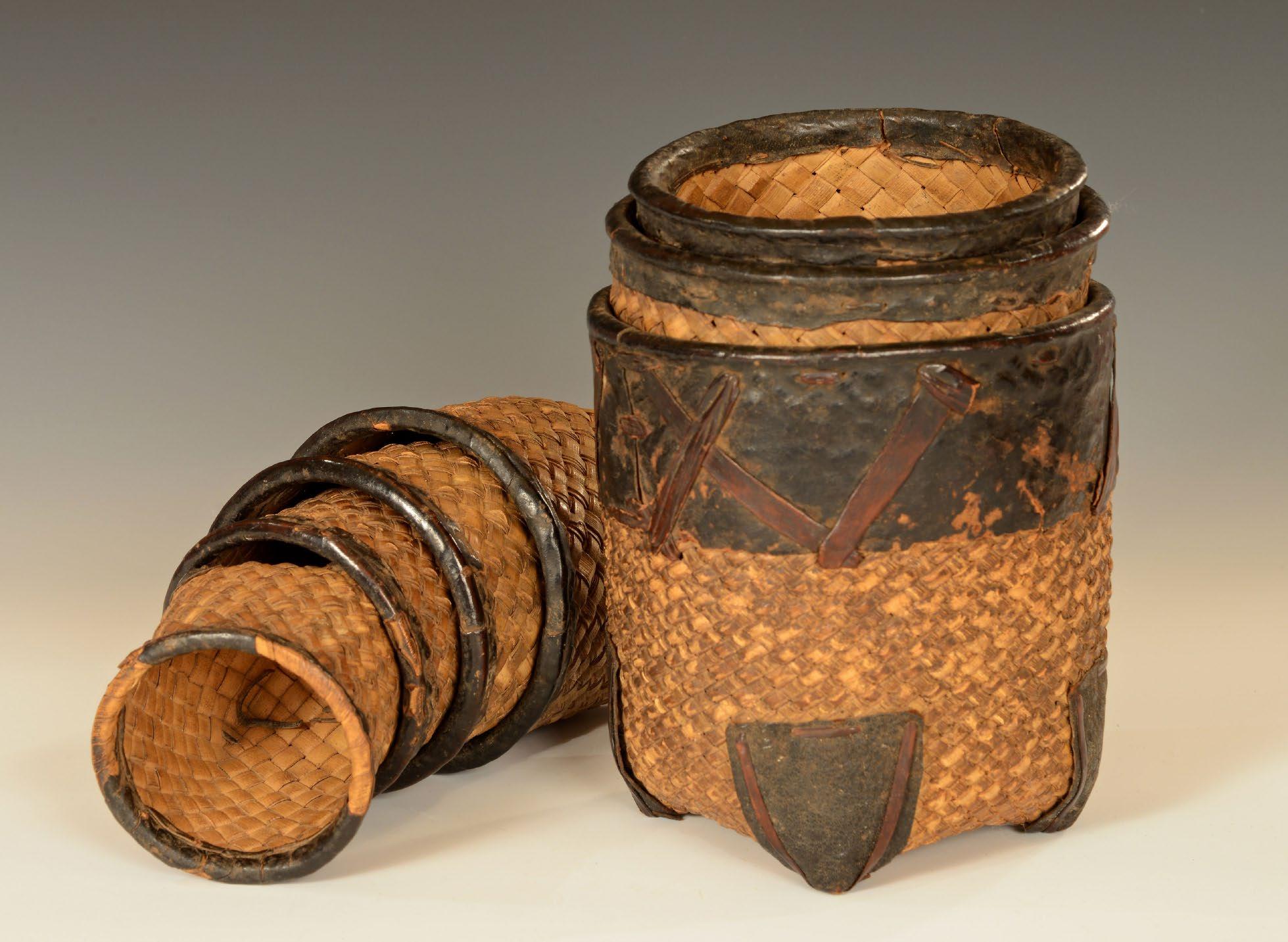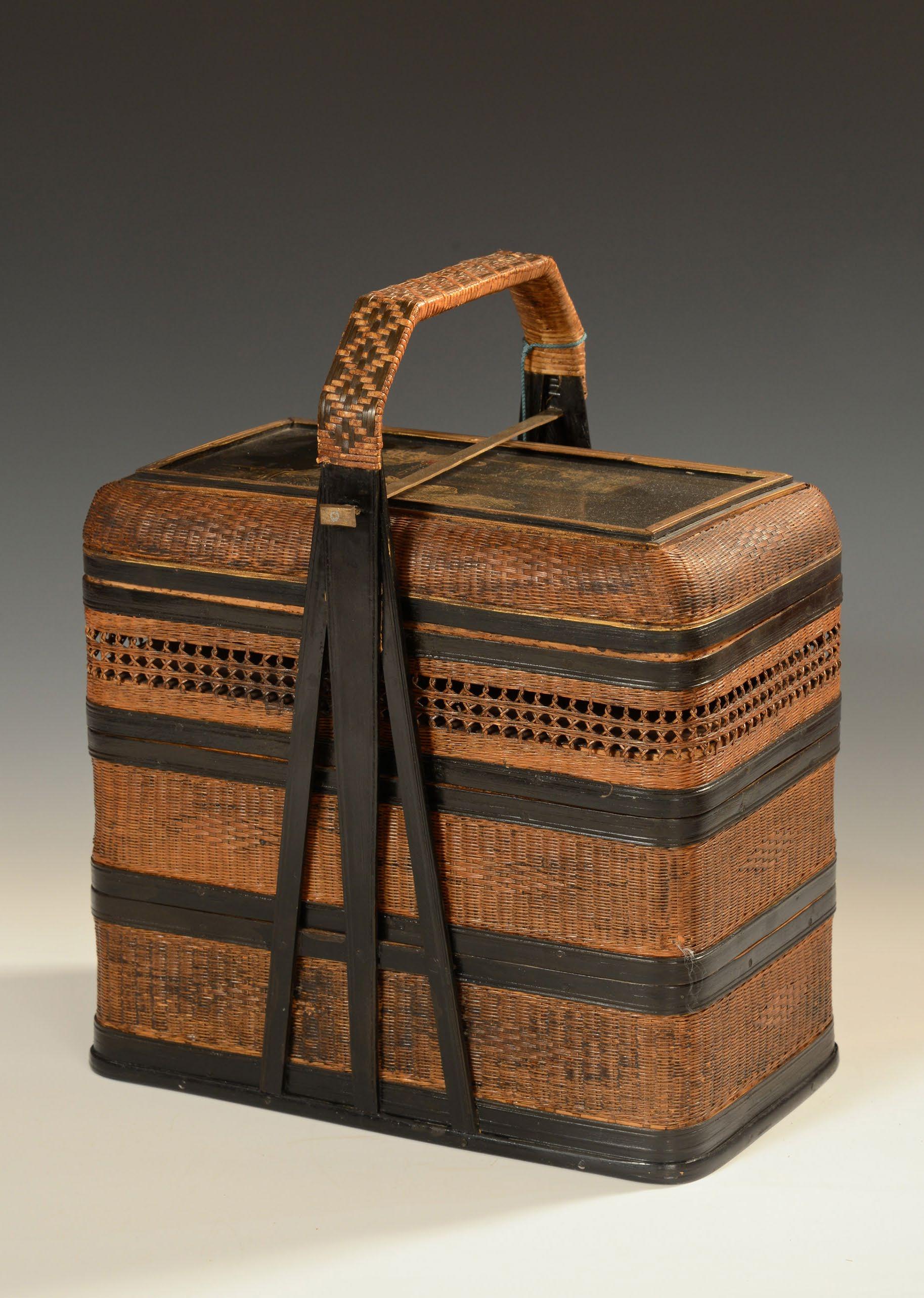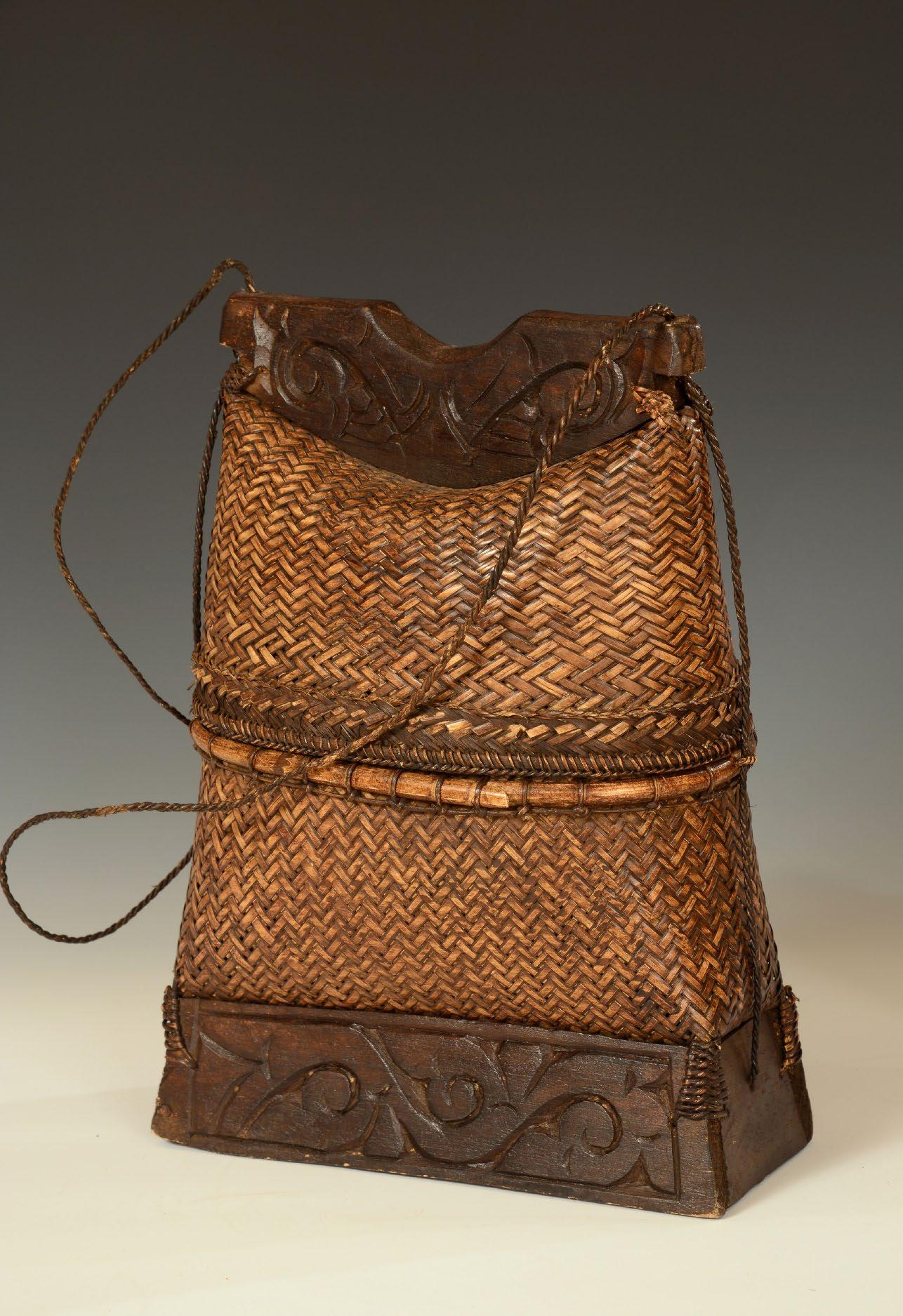STATMENT FROM THE CHAIR
Rita and Don Newman were devoted patrons of the visual and performing arts in Tulsa, Oklahoma. I was lucky to call them friends, and I am grateful to the Newman family (Marty, Russ and Gail, Lynn) for letting us celebrate their parents’ lives and the joy they had in collecting and living with fine craft.
Living With Art: The Newman Collection showcases several extraordinary craft and design pieces the Newmans commissioned and collected, but it also includes the sale of artwork that Rita Newman so generously donated to 108|Contemporary before her death.
As a key advisor, Rita enthusiastically supported the concept of a craft gallery in Tulsa and helped with our initial planning steps, but she was determined not to join “yet another board!” Rather, she helped guide the direction this new organization was to take. Originally called the Brady Craft Alliance, later reimagined as 108|Contemporary, it has become the hallmark arts organization Rita envisioned, focusing full-time on fine craft and the Oklahoma artists who create it.
These meaningful pieces from the Newman’s collection, mostly early work by internationally known artists, testify to the fact that they collected what they loved but with an eye for quality and talent. By purchasing one of these donated gems, you will have helped fulfill Rita’s gift to us.
108|Contemporary is proud to present this glimpse of Rita and Don Newman’s extraordinary contemporary craft and design collection and their love of living with each and every piece of art.
I am grateful to Holbrook Lawson, a new and gracious Board Member, who curated our show and worked closely with the Newman family to bring you this heartfelt exhibition. And a huge thank-you to Gail Richards who believed in our show and convinced many others to support it as well.
These generous exhibition funders fondly remember Rita and Don Newman:
Anonymous
Peter M. Walter
Coretz Family Foundation
The Anne and Henry Zarrow Foundation
Maxine and Jack Zarrow Family Foundation
The Sharna and Irvin Frank Foundation
Charles and Lynn Schusterman Family Foundation
The Judith & Jean Pape Adams Charitable Foundation
A special thank you to the Newman family, who not only let us invade their privacy, but also worked closely with us to insure the honesty of the exhibition and the quality of the accompanying catalog.
The beautiful catalog would not be possible without the fine talents of Julia Raines, our intern-on-loan from the University of Tulsa’s Third Floor Design Program under the inspired guidance of M. Teresa Valero.
– Myra Block Kaiser, Chair
CURATOR’S STATEMENT
It has been a pleasure to curate Living with Art: The Newman Collection exhibition and sale for 108|Contemporary. How do you begin to interpret two fascinating, intellectual, colorful, and exuberant collectors to showcase their philosophies, acquisitions, and style in a gallery setting? Luckily for me, I had the privilege of knowing both Don and Rita Newman. From my interactions and shared experiences with the Newmans, I knew that at their core was an art filled home. They loved acquiring new works, curating the spaces, and adding a touch of the organic.
By design, the exhibition and sale is concerned with the whole physical and intellectual experience. As you can see, the gallery space has been transformed to imitate the trees and flora surrounding their home. The suggestion of this green space is essential to bring the outside in, which is the very essence of motivation for the Newman Collection. Rita had an unerring eye for the organic materials used to produce pieces of art and design. Often, Rita would purchase an exhilarating work and then place a newfound bird’s nest next to the work.
The exhibition part of this show has been assembled to recreate vignettes from their home. The pieces of furniture emphasize the Newman’s love of quality and established designers. Coupled with their love of exquisite furniture are collected works of art, which have remained in the family. It essential to see how they lived and enjoyed their collection while raising a fun-loving family and entertaining boisterous friends.
The sale part of the show highlights the Newman’s generous giving spirit. The items for sale are a donation to 108|Contemporary that will benefit future programs and exhibitions.
The Newmans were grateful to know and develop lasting relationships with the artists. Their collection was founded upon getting to meet and understand the artist when purchasing a work. The Newman’s began every day with their ritual of appreciation for the artist, the ability to acquire the work, and the opportunity to enjoy and experience the work in their home. Being grateful for owning these works creates the opportunity for 108|Contemporary to benefit through a sale of the gifted items. Enjoy, purchase, and appreciate these finely crafted works of art!
– Holbrook C. Lawson, Ph.D.
THE NEWMAN COLLECTION
ANDREA BALDECK (American, b. 1950)
Portrait of Rita Newman, 1998
Black and white photography
14 x 11.5 inches
Photo credit Hawks Photography
As a child in western New York, Andrea Baldeck imagined herself a photographer sent into the jungle to document her adventures for Life magazine. These childhood dreams and early experiences with a Brownie camera were never far from Baldeck even as she pursued music at Vassar College and completed medical school at the University of Pennsylvania. Dr. Baldeck put her photography skills to use while on medical trips to Haiti and Grenada, but in the 1990s left her practice as an internist and anesthesiologist to fully realize her art.
Since that time, Baldeck has authored several books, including: The Heart of Haiti (1996, 2nd edition 2006), Talismanic (1998), Venice a Personal View (1999), Touching the Mekong (2003), Closely Observed (2006), Presence Passing (2007), Himalaya: Land of the Snow Lion (2009), and Bones Books & Bell Jars (2012). Baldeck’s black and white photographs have been exhibited worldwide.
WENDELL CASTLE (American, b. 1932)
Coffee Table, c. 1998-2000
Veneer, lacquer, crackle finish
16.5 x 55 x 32 inches
Photo credit Hawks Photography
Wendell Castle, renowned designer, sculptor, and educator, is recognized as the Father of the American Art Furniture Movement. His handcrafted furniture pieces are sculptural works of art that are whimsical, bold, and voluminous in shapes that frequently reference the body.
Castle was born and educated in Kansas, then moved to New York to teach at the Rochester Institute of Technology’s School of American Craftsmen, where he still resides and maintains a studio.
Castle’s name is most associated with his signature process of stack-lamination devised in the 1960s. He would combine many layers of wood, then hand-carve them into striking biomorphic forms.
Today, with a broader use of materials, including metals, fiberglass, plastics, and veneers, he incorporates digital technology in his process, utilizing a programmed milling robot named Mr. Chips to do the carving.
Castle has received numerous awards, including the Gold Medal from the American Craft Council (1997); Master of Medium Award from the James Renwick Alliance (1999); and a Lifetime Achievement Award from the Brooklyn Museum (2007). His work is in permanent museum collections worldwide.
OTTO DUECKER (American, b. 1948)
Rita’s Coat, 1987
Oil on board
44 x 14.5 x 1 inches
Photo credit Hawks Photography
Born in Milwaukee, Wisconsin, Otto Duecker graduated from Oklahoma State University in 1970. Duecker has been exploring Photorealism for more than thirty years, creating work in a style that is unique to the genre. Much of his art focuses on marginalized members of society. Duecker first received national attention in the 1970s for his Drifters series of lifesize cutouts of street people.
Duecker’s interests in both history and artists influence his body of trompe l’oeil paintings capturing iconic 20th century figures. These works play against the viewer’s expectations while startling them with their precision and beauty. Otto Duecker has participated in many exhibitions and collections throughout the United States.
CHARLES ORMOND EAMES, JR. (American, 1907 – 1978)
Eames Lounge and Ottoman, c. 1956
Molded plywood and leather
32 x 33 x 35 inches
Photo credit Hawks Photography
Charles Ormond Eames, Jr. and his wife Ray Kaiser Eames, are best known for their contributions to architecture, furniture and industrial design and manufacturing, and the photographic arts.
Charles Eames was born in 1907 in St. Louis, Missouri, and while in school developed an interest in engineering and architecture. In 1930, Charles Eames started his own architectural office. He began expanding his design concepts beyond architecture and from these designs, received a fellowship to Cranbrook Academy in Michigan. Later Eames became the head of its Industrial Design department, leading the school with his iconic design philosophy.
In 1941, Charles married Ray, and the couple moved to California where they created innovative furniture design work by molding plywood. In 1946, Evan Products began producing the Eames’ molded plywood furniture, which was dubbed “the chair of the century.” Production was later taken over by Herman Miller, Inc., who still produces Eames furniture today. During the late 1940s, Charles and Ray Eames designed and built their own home in Pacific Palisades, California. Today, the Eames House is a U.S. National Historic Landmark and is considered one of the most important post-war residences anywhere in the world.
Eames died in 1978; his wife Ray, 10 years later. They are buried in the Calvary Cemetery in St. Louis.
CHARLES ORMOND EAMES, JR. (American, 1907 – 1978)
Eames Molded Plywood Lounge Chair, c. 1946
Molded plywood and leather
32 x 33 x 35 inches
credit Hawks Photography
Photo
WOODY GWYN (American, b. 1944)
Tunnel I, 1997
Acrylic and mixed media on canvas
66.25 x 144 x 1.5 inches
Photo credit Hawks Photography
Woody Gwyn is an American artist, born in 1944 in San Antonio, Texas. Gwyn attended the Pennsylvania Academy of the Fine Arts, but his first exhibition was back in Texas in 1965.
Gwyn’s paintings focus on precision, clarity, light, and space, and reflect the wide horizons of West Texas and New Mexico. His works have been extensively shown and collected throughout the United States, and are part of numerous museum collections. He has also received many awards, including the National Endowment for the Arts, Artist Award of 1980; the University of California at Santa Barbara, Artist-in-Residence Award, 1983; and the New Mexico Governor’s Award for Excellence in the Arts, 2010.
TIM HARDING (American, b. 1950)
Birch Greatcoat, c. 1990
Reverse applique cottons
53 x 60 inches
Photo credit Hawks Photography
Tim Harding is a fiber artist specializing in art wearables and two-dimensional work. Originally attending college for photography and painting, Harding became intrigued by the complexities of fabric, not just by its use but also its cultural meaning. Inspired by the works of Monet, Rauschenberg, and Rothko, Harding creates multidimensional, layered fabric works that mimic painting and the digital world. Using planned grids and patterns, he then employs a free-reverse applique and layering technique to create his dynamic and textured works of art.
Harding has been awarded the National Endowment of the Arts Visual Fellowship and the Textile award by the Metropolitan Museum of Art. His work is in permanent collections at the Renwick Gallery of the Smithsonian American Art Museum, Washington, D.C., Boston Museum of Art, and in corporate collections such as the Mayo Clinic, Rochester, Minnesota; SeaWorld, Orlando, Florida; and the U.S. Embassy in Thailand.
LE CORBUSIER (Swiss-French, 1887 – 1965)
Dining Table, c. 1926
Metal and glass
29.5 x 87 x 33.5 inches
Photo credit Hawks Photography
Born Charles-Édouard Jeanneret in Switzerland, Le Corbusier changed his name when he moved to Paris in 1917. Today, Le Corbusier is the iconic name associated not only with modern architecture but also with helping to define the Art Furniture Movement.
Railing against the ornamental style of the French 1925 Exposition of Decorative Arts, Le Corbusier instead embraced the Modernist focus of creating clean, light, and functional furniture using smart materials that would be inexpensive and mass produced. (Ironically, Le Corbusier furniture was not massed produced until 1964 when Cassina S.p.A of Milano acquired the exclusive manufacturing rights.)
But Le Corbusier went further: he insisted that useful objects could also be elegant and graceful. His seminal example, in collaboration with Charlotte Perriand, is the 1927-28 LC-4 Chaise Lounge with its tubular steel frame and rawhide covering. This became one of the most recognized and sought after pieces of art furniture in the 20th century.
“Why call bottles, chairs, baskets and objects, decorative?” Le Corbusier asked. “They are useful tools….Decor is not necessary. Art is necessary.”
1 Corbusier, Le. L’ Art DeÌcoratif D’aujourd’hui: Collection De “l’Esprit Nouveau”. Paris: GresÌ, 1925. Print. 70.
BRETT LOGAN (American, b. 1958)
Subway Light Fixture, 2009
Metal and wiring
55.5 x 31.5 x 6 inches
Photo credit Hawks Photography
Brett Logan is a Registered Interior Designer living in Tulsa, Oklahoma who formed his design firm, Logan Designs, in 1992. Before that, however, he received a Bachelor of Science in Architecture from the University of Oklahoma and began molding bright young minds at the Tulsa Community College as an adjunct instructor. Logan now creates and designs environments for both residential and commercial spaces. Often he collaborates with other artists to create unique functional art.
SHERRY MARKOVITZ (American, b. 1947)
Bear Sculpture, n.d.
Papier-mâché, wood, hardware
27 x 15 x 22 inches
Photo credit Hawks Photography
Sherry Markovitz is an American sculptor and painter. After her formative years in Chicago, Markovitz received her Bachelor of Arts in Ceramics and Art Education from the University of Wisconsin, Madison in 1969. She then moved to the West Coast to earn her MFA in Printmaking from the University of Washington, Seattle. Although her degree was in printmaking, she explored different mediums.
As her career evolved, Markovitz developed new painting processes in her practice. She would start by painting on her gesso primed canvases of rice paper on stretched linen. She would then cut them off the frame and wash them in her back yard with a garden hose, repainting and washing, again and again.
A chance stumbling into a taxidermy shop inspired a new direction. The shop immediately spoke to her love of animals, which had developed from the days she spent at the Woodland Park Zoo in Seattle, Washington. She now purchases fiberglass animal molds, covers them with papier-mâché, and adds paint and decorations. To her, these animal heads symbolize rebirth.
LUDWIG MIES VAN DER ROHE (German-American, 1886 – 1969)
Barcelona Stools, c. 1929
Leather and aluminum
15 x 22 x 23 inches
Photo credit Hawks Photography
Ludwig Mies van der Rohe was a German-born architect and educator widely known as one of the 20th century’s greatest architects. Mies helped define modern architecture by emphasizing open space and revealing the industrial materials used in construction.
Mies spent the first half of his career in his native Germany, quickly becoming a leading figure in the avant-garde life of Berlin. Soon he was respected in much of Europe for his innovative structures. In 1930, he was named Director of the Bauhaus, the renowned German school of experimental art and design.
In 1936, Mies immigrated to the United States and became the Director of the Department of Architecture at the then Armour Institute in Chicago, later known as the Illinois Institute of Technology. In addition to his teaching career, he designed some of the most notable skyscrapers in the United States, including the Lake Shore Drive Apartments of Chicago and the Seagram Building in New York City.
Mies received many rewards throughout his career, including the Royal Gold Medal from the Royal Institute of British Architects, the AIA Gold Medal from the American Institute of Architects, and the Presidential Medal of Freedom in 1963. In 1966, Mies was diagnosed with cancer and died three years later in his adoptive hometown of Chicago. His buildings, beyond merely affecting our lives, are still considered beautiful and significant today.
LUDWIG MIES VAN DER ROHE (German-American, 1886 – 1969)
Coffee Table, c. 1930
Aluminum and glass
17 x 40 x 40 inches
credit Hawks Photography
Photo
JIM ROSE (American, b. 1966)
Bookcase, 2007
Steel
42 x 68 x 12 inches
Photo credit Hawks Photography
Born in Indiana, Jim Rose lived in Europe until he returned to the United States to attend college, graduating from the School of the Art Institute of Chicago in 1988.
Rose’s skillful interpretation of Shaker design is a result of intense research and field study of Shaker furniture, architecture, culture, and history. After two decades of dedicated study, Rose mastered the understanding of Shaker minimalism and incorporated it into his modern designs.
Rose’s Shaker inspired furniture respects the characteristics and processes of both fine art and craft. Rose’s selection of aged steel results in a patina directly related to that of aged wood, while his colored strips mimic worn cloth. Each piece is a crafted work of art but functional in its daily use.
JIM ROSE (American, b. 1966)
Photo credit Hawks Photography
EERO SAARINEN (Finnish, 1910 – 1961)
Folding Screen Wood, c. 1946
Ash plywood and canvas
58 x 62 x .25 inches
Photo credit Hawks Photography
Born in 1910, Eero Saarinen was a Finnish architect and designer. In 1923, the Saarinen’s family immigrated to the United States where Saarinen studied architecture at Yale. He later received a teaching appointment at Cranbrook Academy of Art in Bloomfield Hills, Michigan. There, Saarinen met fellow architect Charles Eames and co-developed new furniture forms including the first designs for furniture of molded laminated wood.
Eero Saarinen designed many timeless pieces of furniture, including the 1946-47 Grasshopper Armchair, the 1947-48 Womb Chair, the Pedestal Group dating from 1955-56, and the Tulip Chair from the same collection.
One of Saarinen’s most notable works of architecture is the signature TWA Terminal at J.F. Kennedy Airport in New York City. Structurally daring and innovative, the building was expressive in its polymorphic form that strayed from the architectural trend of the 1960s. Saarinen’s work reflects his ability as an architect to put his soul into a new design project with fresh ideas every time.
STEVEN WATKINS (American)
Metal Mirror with Turned Edge, n.d.
Steel and glass mirror
17 x 15 x 2.5 inches
Photo credit Hawks Photography
Pipefitter by trade, Steven Watkins creates stainless steel works at his home in Texas. Introduced to metalworking by his father, Watkins enjoys working with this difficult medium, but then polishes his metal to a mirror finish. His hand-made pieces are sold through his business, Simply Stainless.
HOWARD WERNER (American, b. 1951)
Palm Coffee Table, n.d.
Palmwood and glass
32 x 36 x 14.5 inches
Photo credit Hawks Photography
Howard Werner received a degree in traditional woodwork and furniture design from The School for American Crafts at Rochester Institute of Technology. After his formal education, he discovered the chainsaw as a direct-carving tool to create furniture from large sections of trees, creating an aesthetic that is anything but traditional.
Werner has been awarded grants from the National Endowment for the Arts and The New York State Fellowship for the Arts. His work is in numerous collections, including the Museum of Arts and Design, New York; The Mint Museum, North Carolina; the Arkansas Art Center; Arkansas; Scottsdale Museum of Contemporary Art, Arizona; and Mobile Museum of Art, Alabama. He has participated in group exhibitions in Paris, Japan, Ireland, and Canada.
Wood Entry Table, n.d.
Various woods
36 x 36 x 14 inches
Photo credit Hawks Photography
MICHAEL BAILOT (American)
Basket, n.d.
Copper and silver wire
13 x 18 x 8 inches
Photo credit Bob Hawks
Michael Bailot weaves small wire vessels inspired by the basketry of the Pomo Indians of Northern California. While a practicing artist, Bailot held a studio in Santa Fe, New Mexico.
RUTH BORGENICHT (American, b. 1967)
Basket, 2001
Stoneware
9 x 16 x 16 inches
Photo credit Bob Hawks
Ruth Borgenicht is a well-respected American ceramicist with work found in the Philadelphia Museum of Art, Delaware Art Museum, and the Sèvres Ceramics Museum in Paris, France. Her formal education was actually in mathematics at Rutgers University before she chose ceramics as her preferred creative medium.
Her work is likened to chain mail as it is constructed of interlocking ceramic rings. Unlike Medieval chain mail, her ceramic version contradicts itself in that it looks strong and impenetrable, but is actually quite fragile. Borgenicht currently teaches at Fairleigh Dickinson University in Teaneck, New Jersey and The Art School at Old Church in Demarest, New Jersey.
PAUL CHALEFF (American, b. 1947)
Jar, 1991
Wood-fired ceramics
17 x 12 x 12 inches
Photo credit Bob Hawks
Paul Chaleff is a New York artist working primarily as a sculptor, with some of his vessels being colossal in size. He is known for being a pioneer of wood fired ceramics in the United Sates. His work is owned by numerous museums throughout the United States and South Korea, including the Metropolitan Museum of Art, the Museum of Modern Art, and the Renwick Gallery of the Smithsonian American Art Museum.
Chaleff’s early works consist primarily of larger ceramics jars, some larger than life. The jar from the Newman collection is a classic example of his work both in its characteristic shape and wood fired finish. Chaleff is currently a Professor of Art at Hofstra University in Hempstead, New York, where he also maintains a studio.
KYOUNG AE CHO (Korean, b. 1963)
Needles, 1994
Pine needles, artist’s hair, silk organza, thread, sewing machine drawer
10 x 14 x 5 inches
Photo credit Bob Hawks
Born in South Korea, Kyoung Ae Cho received her BFA from Duksung Women’s University in Seoul, South Korea in 1986, and her MFA from Cranbrook Academy of Art in Bloomfield Hills, Michigan in 1991. She is currently a professor at the Peck School of the Arts at the University of Wisconsin-Milwaukee.
Kyoung Ae Cho’s innovative fiber art work is highly influenced by nature and her relationship with the natural world. Concerned about today’s environmental issues, she incorporates recycled material with low-valued materials to create pieces that she views as collaboration between artist and material.
Kyoung Ae Cho’s work has been shown internationally in cultural institutions such as the Kemper Museum of Contemporary Art, Kansas City, Missouri; John Michael Kohler Arts Center, Sheboygan, Wisconsin; Nederlands Textielmuseum, Tilburg, Netherlands; Daegu Cultural and Arts Center, South Korea; and Detroit Institute of Arts in Michigan. She has won numerous awards including the 1995 Pollock-Krasner Foundation Grant.
LIA COOK (American, b. 1942)
Exhibit A, 1987
Rayon and mixed media
38 x 14 x 6 inches
Photo credit Bob Hawks
Lia Cook is a California Bay Area fiber artist who has been an educator and innovator in textile art since the early 1970s. She was among the first to understand and master computerized Jacquard weaving technology which has allowed her to create infinitely complex and detailed images that become embedded in the textile itself.
Cook has exhibited throughout the world in numerous prestigious museums. One of the themes found in her work is the study of drapery. She has completed several tapestries that explore how cloth has been used in old masters’ paintings and how lines and shadows are created in draped cloth.
Cook’s work can be found internationally from China to Switzerland and in permanent museum collections, including Philbrook Museum of Art, Tulsa, Oklahoma; the Metropolitan Museum of Art, New York, New York; the Museum of Modern Art, New York, New York; Denver Art Museum, Denver, Colorado; Museum of Art and Design, New York, New York; Museum Bellerive, Zürich, Switzerland; and Galerie Nationale de la Tapisserie et d’Art Textile, Beauvais, France.
KEN FERGUSON (American, 1928 – 2004)
Covered Casserole Dish, n.d.
Ceramic
10 x 8 x 8 inches
Photo credit Bob Hawks
Ken Ferguson began strictly as a functional potter but over the years his platters, teapots, and jars have evolved into entirely new forms. While studying for his MFA at Alfred University, Alfred, New York, he was known for his prodigious output. Arriving each day in the studio with a list of objects he planned to make for the day, checking them off as he went. He would spend the day churning out dishes, mugs, bowls, cookie jars, pitchers, vases, and more. This energetic attitude allowed him to master the technical elements of his craft.
Working at the Archie Bray Foundation for the Ceramic Arts, Helena, Montana, Ferguson continued his high output while also beginning to experiment with new elements of decoration and form. After attending a workshop there with Toshiko Takaezu, he broadened his range of glazes and began to draw on the surface of his platters. Exposure to new work led him to consider his own ties to functionality and to what other possibilities might exist. When he left the Archie Bray Foundation in 1964 to work for the Kansas City Art Institute, he still adhered to functionalism. In the early 1980s he began to achieve a looser, less controlled approach to his craft.
JOHN GARRETT (American, b. 1950)
Connection, 1992
Aluminum wire, brushed aluminum strips, tinned copper strips 14 x 18 x 18 inches
Photo credit Bob Hawks
John Garrett is a contemporary fiber artist raised in southern New Mexico. He gained his appreciation for handmade objects from his parents, both educators who treasured their large collection of Native American art and craftwork. Thus armed with creative ideas, and under the mentorship of Bernard Kester, Garrett earned his Master of Arts degree from the University of California, Los Angeles.
Garrett has since gained international recognition as well as earned two National Endowment for the Arts Awards. The scope of his work spans many mediums, but most notably include his basket making techniques using non-traditional materials such as strips of aluminum cans and mixed media. Garrett taught for a variety of schools in Los Angeles, and then returned to New Mexico in 1996 where he continues to influence future generations of artists.
JOHN GARRETT (American, b. 1950)
Study For a Paper Quilt, 1995
Paper and fabric on wood panel
18 x 18 x 2 inches
Photo credit Bob Hawks
MARY GILES (American, b. 1944)
Men’s Ritual, n.d.
Waxed linen
10 x 12 x 12 inches
Photo credit Bob Hawks
Mary Giles earned her Bachelor of Science in Art Education from Minnesota State University, Mankato, Minnesota. Exploring an interest in textile methods, Giles expanded her knowledge by attending workshops from such notable fiber artists as Ferne Jacobs, Lissa Hunter, Diane Itter, Jane Sauer, and John McQueen.
Giles found her voice within traditional coiling techniques by focusing on contemporary forms that she often combines with waxed linen and iron or copper ornaments. She reprises themes of communication and intimacy in relationships using the figure as vessel to express her interest in the environment and the human condition. Within the overarching theme of the natural world, Giles’ sources of inspiration tend to vary between textures, light, shadow, and organic forms.
GERRI JOHNSON-MCMILLIN (American, b. 1947)
Año Nuevo, 2002
Albacore fish bone, monofilament, seashells
5 x 5 x 5 inches
Photo credit Bob Hawks
Gerri Johnson-McMillin grew up in Pittsburgh, Pennsylvania where she gained her appreciation for the arts at an early age. Though she already loved some forms of fiber art such as sewing, needlepoint, and crochet, it wasn’t until she took a class in 1972 that basket weaving entered her skill set.
From 1999 to the present, Johnson-McMillin has been an Artist-in-Residence at Studio Channel Islands Art Center in Camarillo, California and has since gained international recognition. Objects from the ocean, such as fish bones, are indicative of her fondness for its many mysteries. They are her inspiration and keep her working in a subject she feels will never be exhausted.
Johnson-McMillin’s vessels and knotted fiber sculptures can be found in the permanent collections of the Long Beach Museum of Art in California and the Museum of Ventura County in California.
KAREN KARNES (American, 1925 – 2016)
Covered Jar, n.d.
Salt glaze and wood fired ceramic 9 x 11 x 11 inches
Photo credit Bob Hawks
Ceramicist Karen Karnes shaped the American craft world alongside visual and performing artists John Cage, David Tudor, Paul and Vera Williams, and many more. She grew up in New York City, the daughter of immigrant garment workers. After graduating from Brooklyn College in 1946 with a degree in design, Karnes moved with her husband, fellow ceramicist David Weinrib, to Pennsylvania where her interest in clay was piqued. After traveling for a while in Italy, Karnes and her husband lived and worked as artists-in-residence at Black Mountain College in Black Mountain, North Carolina in 1952. The two started the art community, Gate Hill Cooperative Community, in 1954 at Stony Point, New York.
In 1968, Karnes was introduced to the salt glaze technique by artist Byron Temple; a technique which became a major part of her process. She moved to the countryside of Vermont with her partner, artist Ann Stannard, in the 1970s, where they established a studio.
Karnes received the American Craft Council’s highest honor, the Gold Medal for Consummate Craftsmanship, in 1998. Her work is featured in permanent museum collections, including the Los Angeles County Museum of Art and the Museum of Fine Arts, Boston.
SUSAN KAVICKY (American)
Dance of Tides, 2001
Black ash and yarn
20.5 x 20.5 x 12 inches
Photo credit Bob Hawks
American basket maker Susan Kavicky began working with brown and black ash in 1987 after taking a basketry class. She was drawn to using black ash for its satin-like finish, and she chose basketry as her medium because it allowed her the mobility to accompany her husband on his fishing trips. Using traditional basket weaving techniques, she constructs dynamic organic forms.
Kavicky has received many awards for her craftsmanship and contribution to the field. She currently resides in Island Lake, Illinois and occasionally teaches workshops throughout the country.
DONA LOOK (American, b. 1948)
Basket #90-3, 1990
White birch bark and silk 17 x 7 x 7 inches
Photo credit Bob Hawks
Dona Look is an American basket maker from Algoma, Wisconsin. She received her Bachelor of Arts in Art Education from the University of Wisconsin, Oshkosh in 1970.
Look is inspired by the woodland areas in eastern Wisconsin and incorporates elements of it into her work. She collects birch bark from the region for its sewing and weaving suitability then creates baskets by stitching the materials together with silk threads. The process for her is just as important as the results, as she forages her materials in the forest looking for unique trees that influence her forms.
She still lives in Wisconsin with her husband Ken Loeber and son Reid. Look’s work can be found in the collections of the Museum of Arts and Design in New York, Erie Art Museum, the Philadelphia Museum of Art, and the White House Collection of American Crafts.
DONA LOOK (American, b. 1948)
7 x 13 x 4 inches
Basket #85, n.d.
White birch bark, waxed silk thread, twill woven base
Photo credit Bob Hawks
ANGELA MELLOR (British, b. 1945)
Glacial Light, n.d.
Bone china with paper clay inlay
4.5 x 4.75 x 4.75 inches
Photo credit Bob Hawks
Ceramic artist Angela Mellor was born in Cheshire, United Kingdom, and lived in Western Australia for more than ten years. In 2006, Mellor returned to the United Kingdom where she currently resides.
Mellor works with bone china using a combination of slip casting and hand building techniques. Her interest in bone china began in 1991 and has been her passion ever since. Inspired by the play of light on landscapes, Mellor achieves delicate textures using Paperclay, a refined mix of clay and paper pulp. Her work is part of collections across the world from the Museum of British Art in Xian, China to the Tasmanian Museum and Art Gallery in Hobart, Tasmania.
JILL ROMANOKE (American, b. 1945)
Standing Figure, n.d.
Hickory Bark, waxed linen, New Mexico willow, found objects
25 x 16 x 12 inches
Photo credit Bob Hawks
Virginia assemblage artist Jill Romanoke creates work with materials taken from the world around her. Splitting her time between New Mexico and Maine, Romanoke uses tree bark, rocks, and shells collected in these areas to render sculptural forms.
ED ROSSBACH (American, 1914 – 2002)
Lost Japan, 1988
Splint, bark, rags, paint heat transfer
5.75 x 8.5 x 5.75 inches
Photo credit Bob Hawks
Ed Rossbach, an American fiber artist from Chicago, is thought to be one of the most influential artists during the crossover of textiles from functional to modern art. After receiving his third college degree, an MFA from Cranbrook Academy of Art, Bloomfield, Michigan in ceramics and weaving, Rossbach launched his career. In the early 1950s he found his way to a teaching job at the University of California, Berkeley. It was here that he began to experiment with nontraditional methods and materials, including newspapers and plastics. For the next 20 years this is where he molded fresh young minds of generations of future artists.
In 1950 Rossbach married fellow artist and textile designer Katherine Westphal. He showed his work in notable institutions such as the Institute of Contemporary Art in Boston and the Museum of Arts and Design in New York.
He died in 2002 in Berkeley at the age of 88 from a prolonged illness, but his legend lives on through the collections of his art and the artists he influenced.
MISSY STEVENS (American, b. 195 2)
I Have a River, 1996
Punch needle embroidery, frame by Tommy Simpson 18 x 18 inches
Photo credit Bob Hawks
Combining her love of art with her childhood passion for sewing, Missy Stevens developed thread painting as a technique for her artistic vision.
Similar to how a painter manipulates paint, Steven utilizes thread to create forms and imagery. She works from the back of a piece, employing a labor-intense technique called punch loop embroidery. Her husband and fellow artist, Tommy Simpson, crafts frames for many of her works.
Missy Stevens was born in New Jersey and currently resides in Washington, Connecticut. Her work may be found in the permanent collections of many museums including the Museum of Fine Arts, Boston, and Museum of Arts and Design, New York.
PETER VOULKOS (American, 192 4 – 2002)
Lidded Jar, c. 1949
Stoneware, Bear Canyon clay, brown glaze, incised wax resist decoration
12 x 10 x 10 inches
Photo credit Bob Hawks
Peter Voulkos is an internationally acclaimed, innovative American ceramic sculptor. A child of immigrant Greek parents and a World War II Veteran, he studied painting and printmaking at Montana State College under the tutelage of Frances Maude Senska before moving to California. He received an MFA in Ceramics from California College of Arts & Crafts in Oakland, now California College of the Arts.
Voulkos introduced Japanese wood firing principles to the United States. He was among the first to take ceramics away from prescribed shapes and functions into sculptures that are famous for their visual impact, free-form development, and their hostile yet dynamic decoration. His process consisted of various physical acts that would first aggressively construct his sculptures then rip, gouge, and crush the surfaces to create the energy found in his dramatic work.
This curiosity and love for experimentation paired with his magnetic personality led to his dramatic impact on ceramics and bronze work. Voulkos became one of the more influential ceramic artists, affecting the work of artists such as Ken Ferguson. His legacy endures and his work can be seen in many public and private collections and museums.
JIRO YONEZAWA (Japanese, b. 1956)
Untitled, n.d.
50 x 5 inches
Photo credit Bob Hawks
Jiro Yonezawa is a highly revered Japanese sculptor whose prolific work is represented in the United States by BrownGrotta Arts, Wilton, Connecticut. Yonezawa sculpts bamboo into beautiful, engaging abstract and organic forms and baskets. Traditionally trained, he honors the ancient rituals of his craft and designs. The precise intricacy of his work is expressed through his materials and process. He reveals a fascination with what lies beneath the surface in order to capture his audiences and elicit a reaction. Within his work, Yonezawa seeks to symbolize the refinement and accuracy of the natural world and provides a path to finding harmony within the disorder.
Bamboo
JOANNE SCHIAVONE (American, b. 1 953)
Handmade Book, 1994
Binder board, Paste Papers, paint, and handmade Japanese paper
4 x 10 x 7 inches
Photo credit Bob Hawks
Joanne Schiavone is an American sculptor now living in Pennsylvania. She uses 15th century English and German bookbinding techniques to create unique letter containers. She constructs the containers from decorative paper called paste paper, made from a mixture of cooked paste and water-based colored paints. She then brushes the mixture onto wet paper with a variety of instruments to develop designs.
Although Schiavone’s techniques are rooted in traditional bookmaking and printmaking, she has recently expanded her training by returning to school to receive an MFA in Sculpture. From childhood, Schiavone has found inspiration from nature, and especially bodies of water. After moving to Pennsylvania, her source of inspiration and intrigue became the Susquehanna River. Because of this devotion to the natural world, she often uses recycled material.
ARTIST UNKNOWN (West Africa)
West African Nesting Baskets, n.d.
Fiber and leather
8.5 x 6.5 x 6.5 inches
Photo credit Bob Hawks
This collection of nesting baskets was created in West Africa and are woven with fiber and wrapped with leather. It contains seven vertical round baskets, nestled closely within one another.
ARTIST UNKNOWN (Chinese Republic period)
Chinese Wedding Basket, c. late 19th century – early 20th century
Bamboo, wood, metal
12 x 10 x 6 inches
Photo credit Bob Hawks
This Chinese basket was created in the Republic Period in the late 19th to early 20th Century. Crafted from bamboo, wood, and metal, it is still used today in traditional wedding ceremonies. The additional red coloring symbolizes love and great happiness.
These baskets can take many forms and vary in size, but they usually contain two storage areas. Sometimes filled with fruits, nuts, and sweets, they are used as an announcement of the wedding from the bride’s family, or they can be used to give gifts to the newlyweds.
ARTIST UNKNOWN (Indonesian)
Man’s Basket Purse, n.d.
Rattan and carved wood
12 x 7.5 x 3.5 inches
Photo credit Bob Hawks
This woven bag was created on the small island of Balika, Indonesia. It was crafted from the native rattan plant and carved wood. Men in the region used purses like this one to transfer goods or food to and from market, and for miscellaneous storage. In areas where the collection of Sirih, or betel nut was common, this basket may have held the necessary tools.
SPECIAL THANKS TO OUR GENEROUS 2016 PATRONS:
George Kaiser Family Foundation
Myra Block Kaiser
The Andy Warhol Foundation for the Visual Arts
The Anne and Henry Zarrow Foundation
The Mervin Bovaird Foundation
Jean Ann and Tom Fausser
Hogan Assessment Systems
Burt B. Holmes
St. John Heart Institute
Maxine and Jack Zarrow Foundation
Anonymous
The Judith & Jean Pape Adams Charitable Foundation
Coretz Family Foundation
Hardesty Family Foundation
Margaret and Jack Neely
Charles and Lynn Schusterman Family Foundation
Peter M. Walter
Arts Alliance Tulsa
Bank of Oklahoma
Corey Alexis Block
Doug Campbell
The Sharna and Irvin Frank Foundation
Jan Jennings
Larry and Marilyn Lee
Ruth K. Nelson
Darin and Brenda Alred, Southwestern Payroll
William F. and Susan W. Thomas
Anchor Stone Company
Barnett Family Foundation
Stephanie Leigh Block
Katherine G. and John Coyle
Nanu and Fred Dorwart
Beth Downing and Gavin W. Manes
Elizabeth and Chris Ellison
Pam and David Fleischaker
Friends of Fiber Art International
Kirkpatrick Family Fund
Holbrook Lawson and Rick Holder
Roxana and Robert Lorton
Alecia and J. Terrell Siegfried
Susan R. Mase
Marcy and Bernard Robinowitz
Melanie and Lex Anderson
Marla and Steve Bradshaw
Kenya Carter
Jan and David Finer
Kathleen Gerety
Sherri and Stuart Goodall
Shan Goshorn
Terri and Nigel Higgs
Abbie C. and Winston Peraza
M. Teresa Valero and Ghayth G. Coussa
Janis Updike and James M. Walker
Laura and Scott Andrews
Christina Burke
Katie Fox
